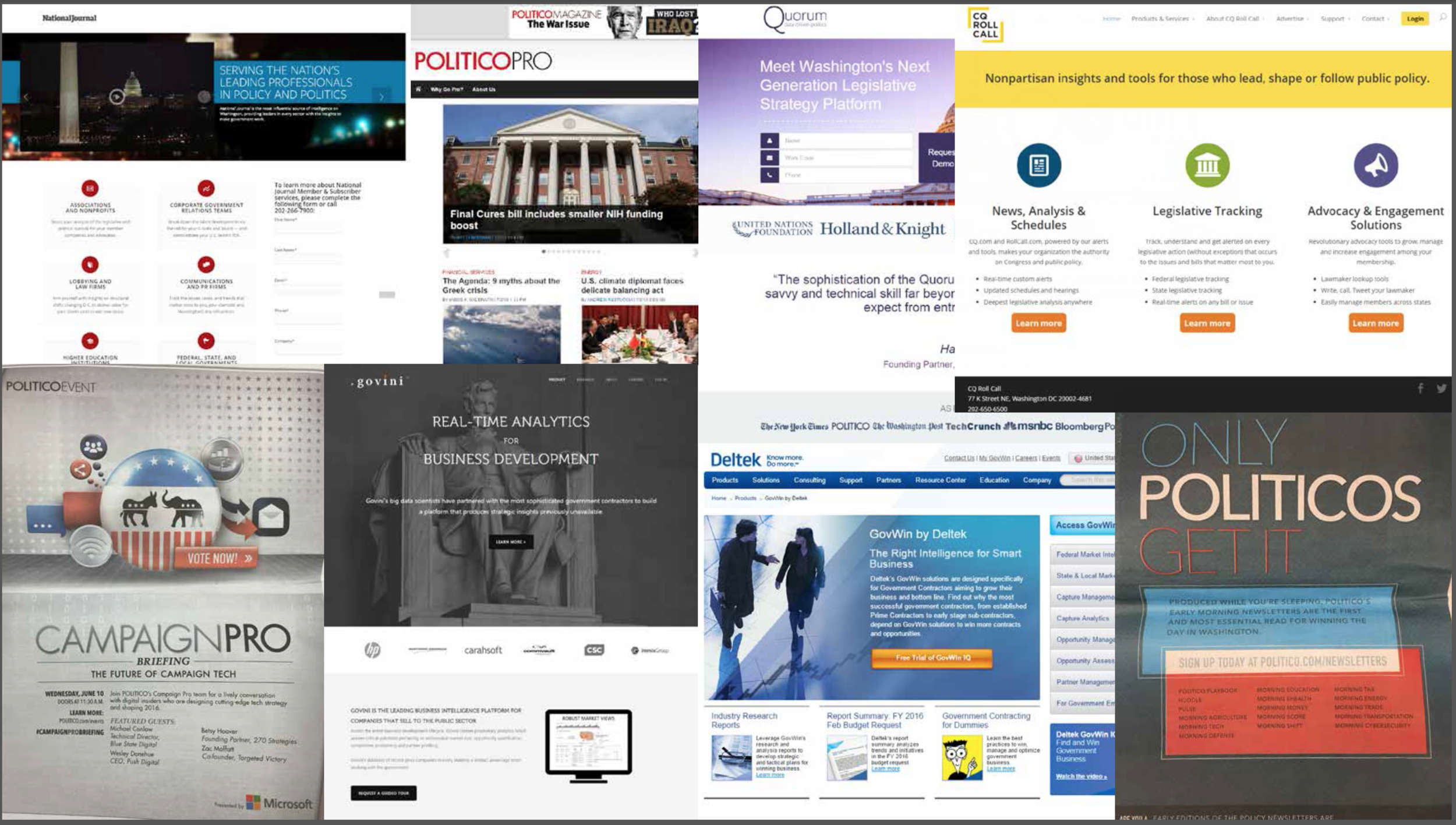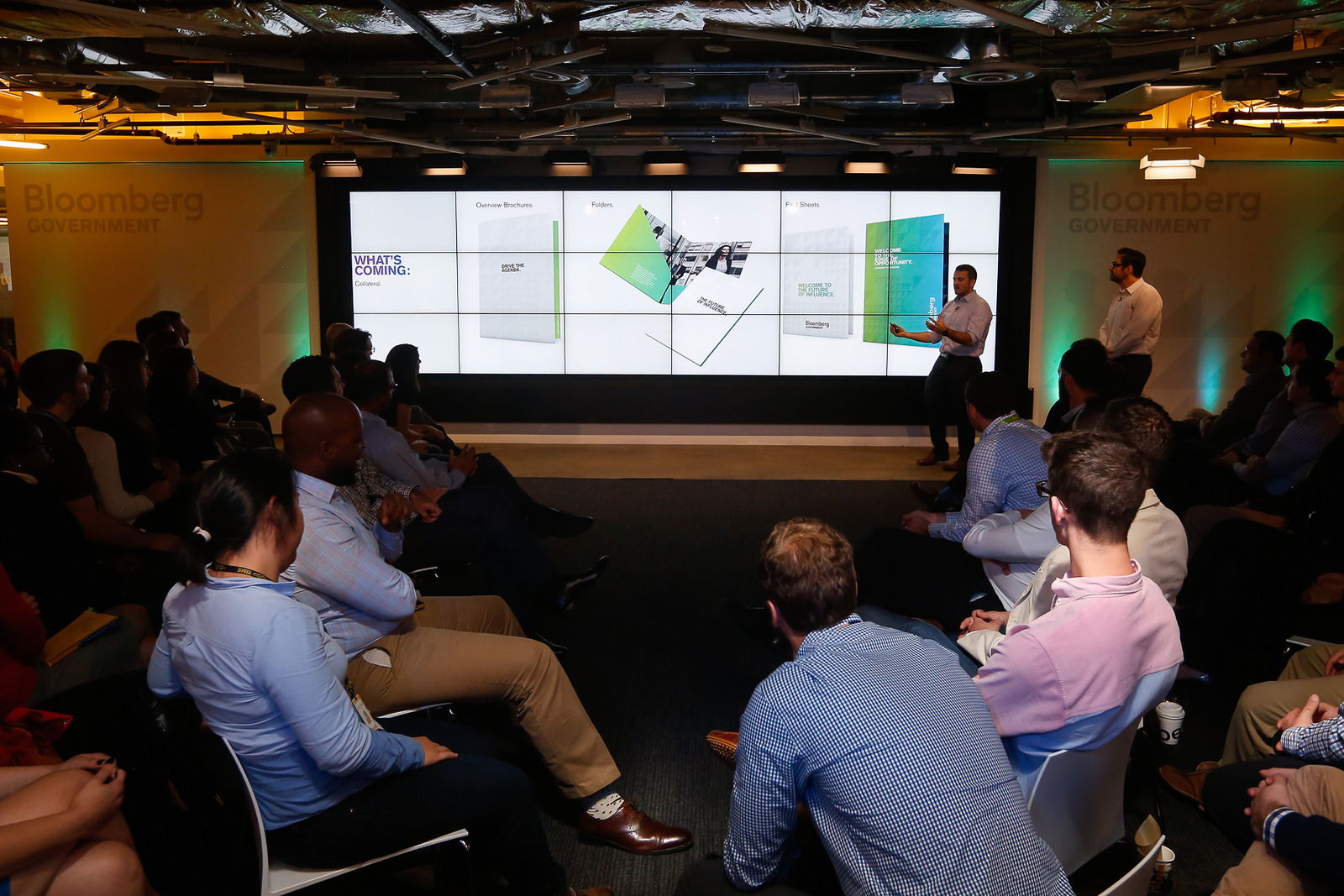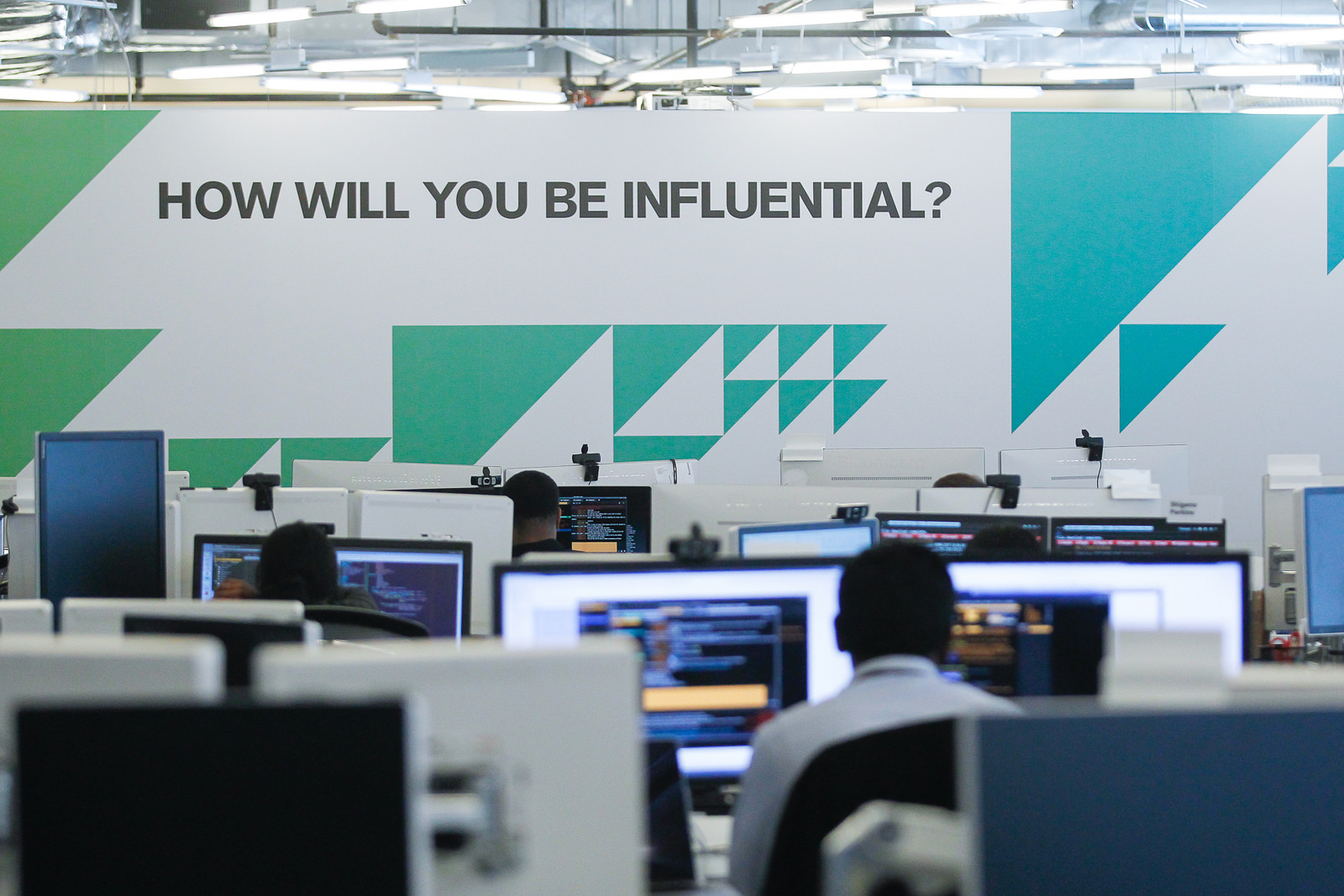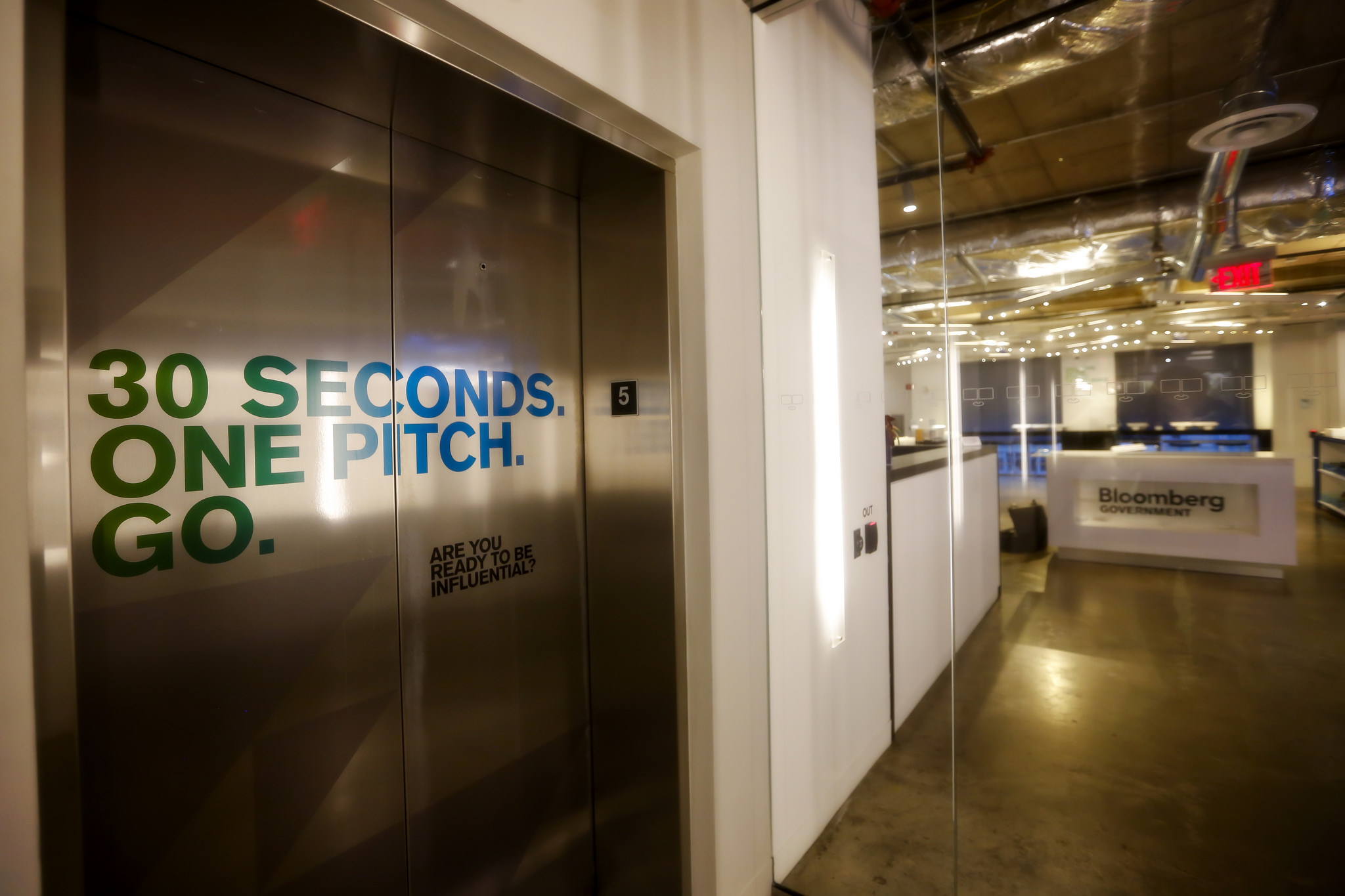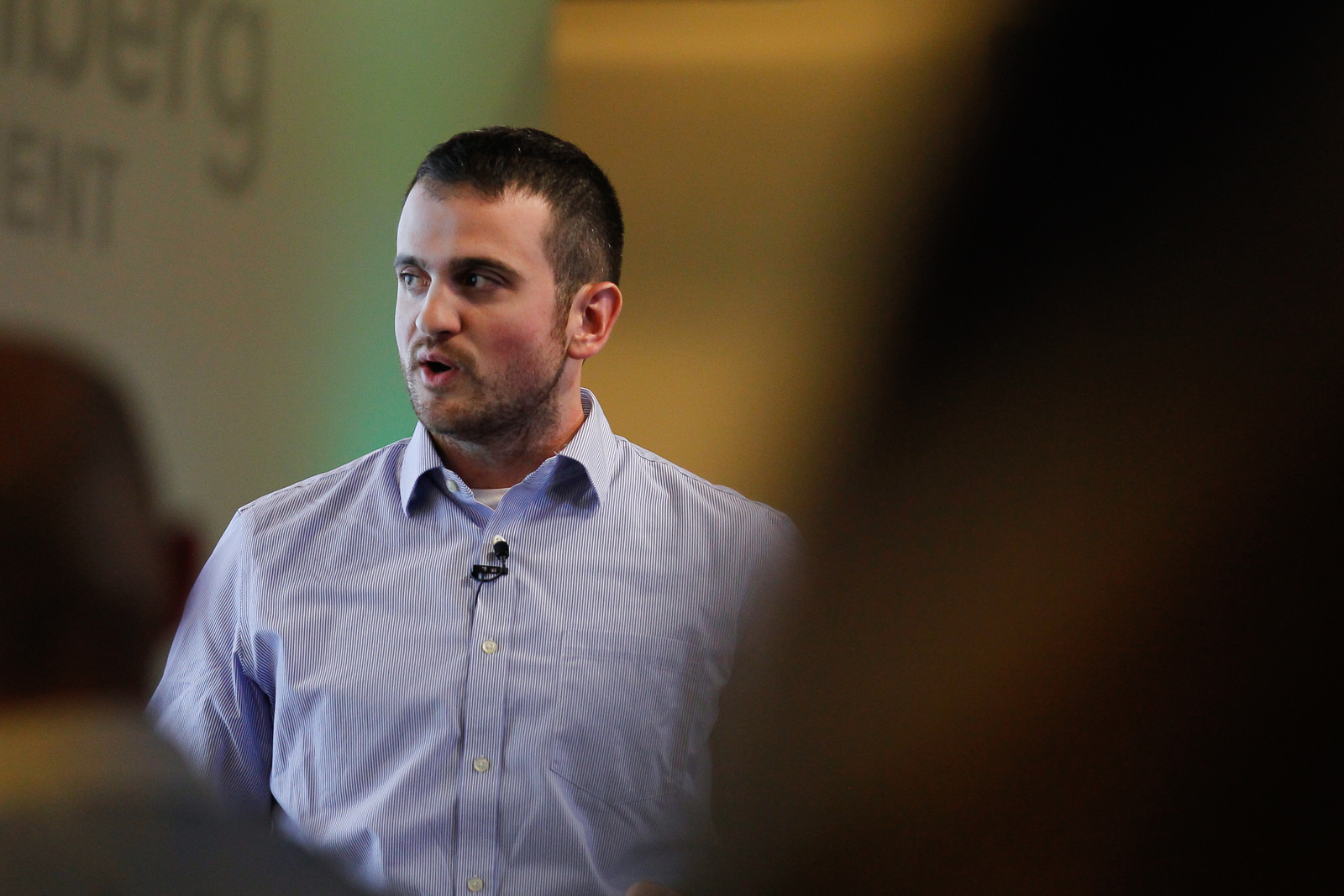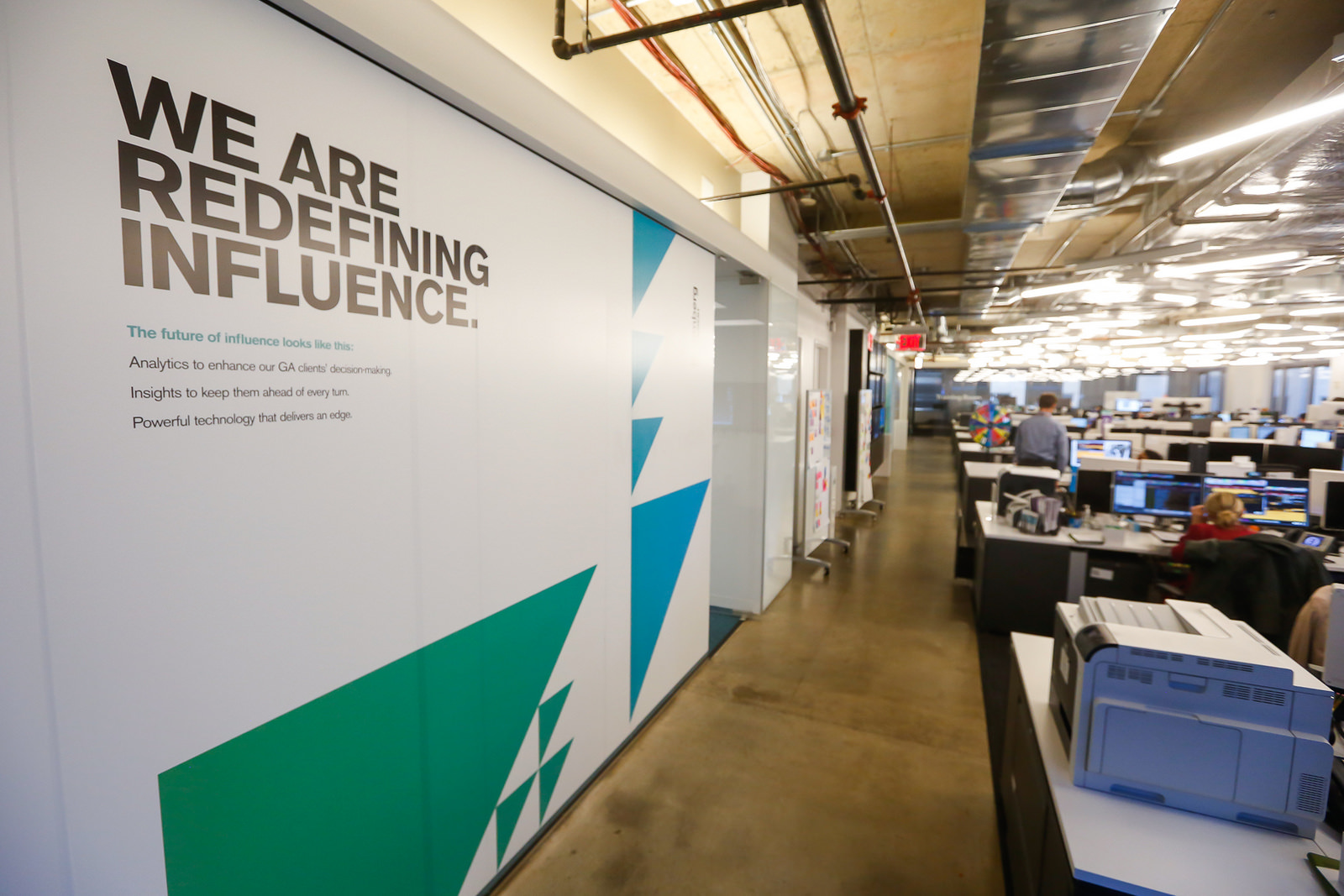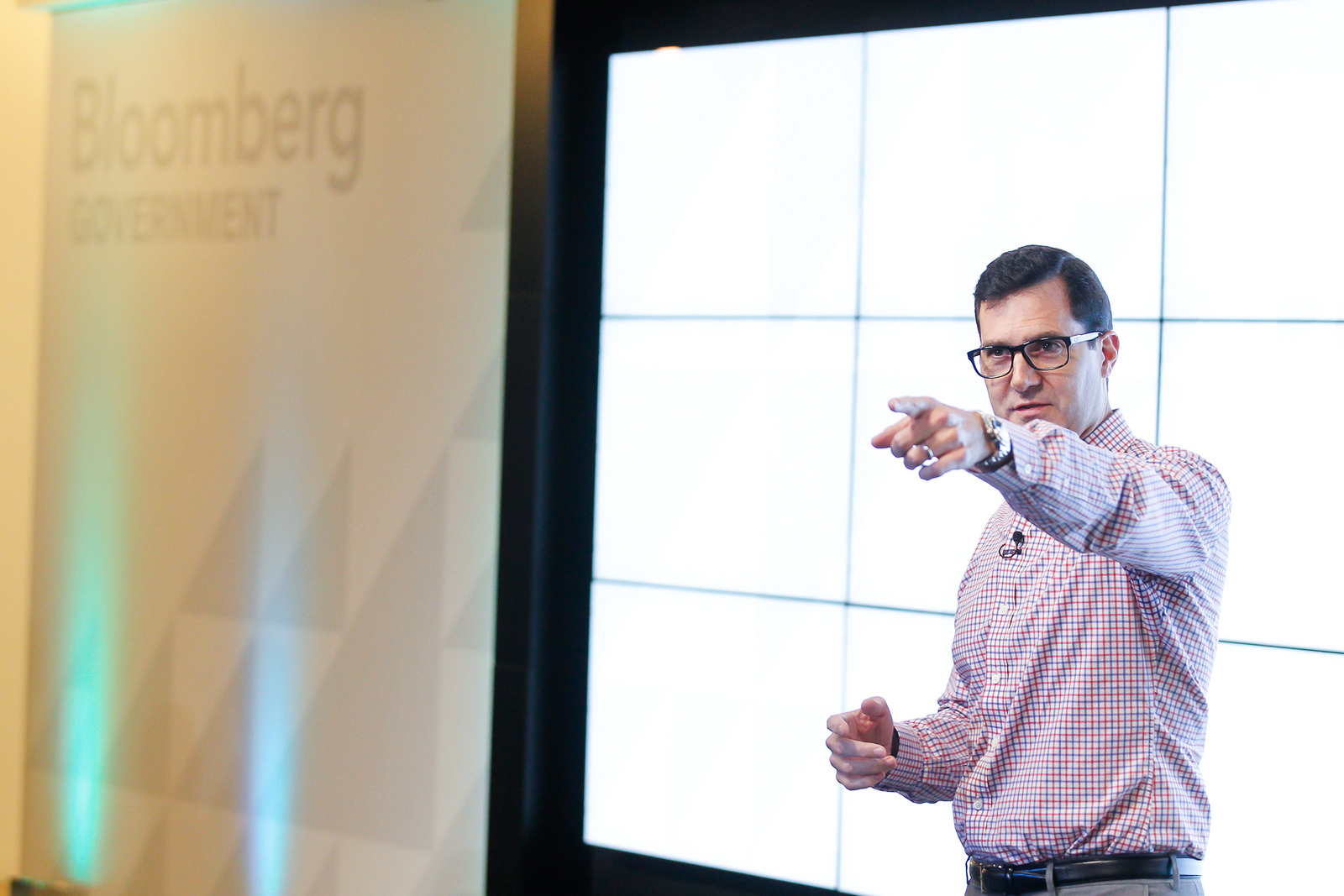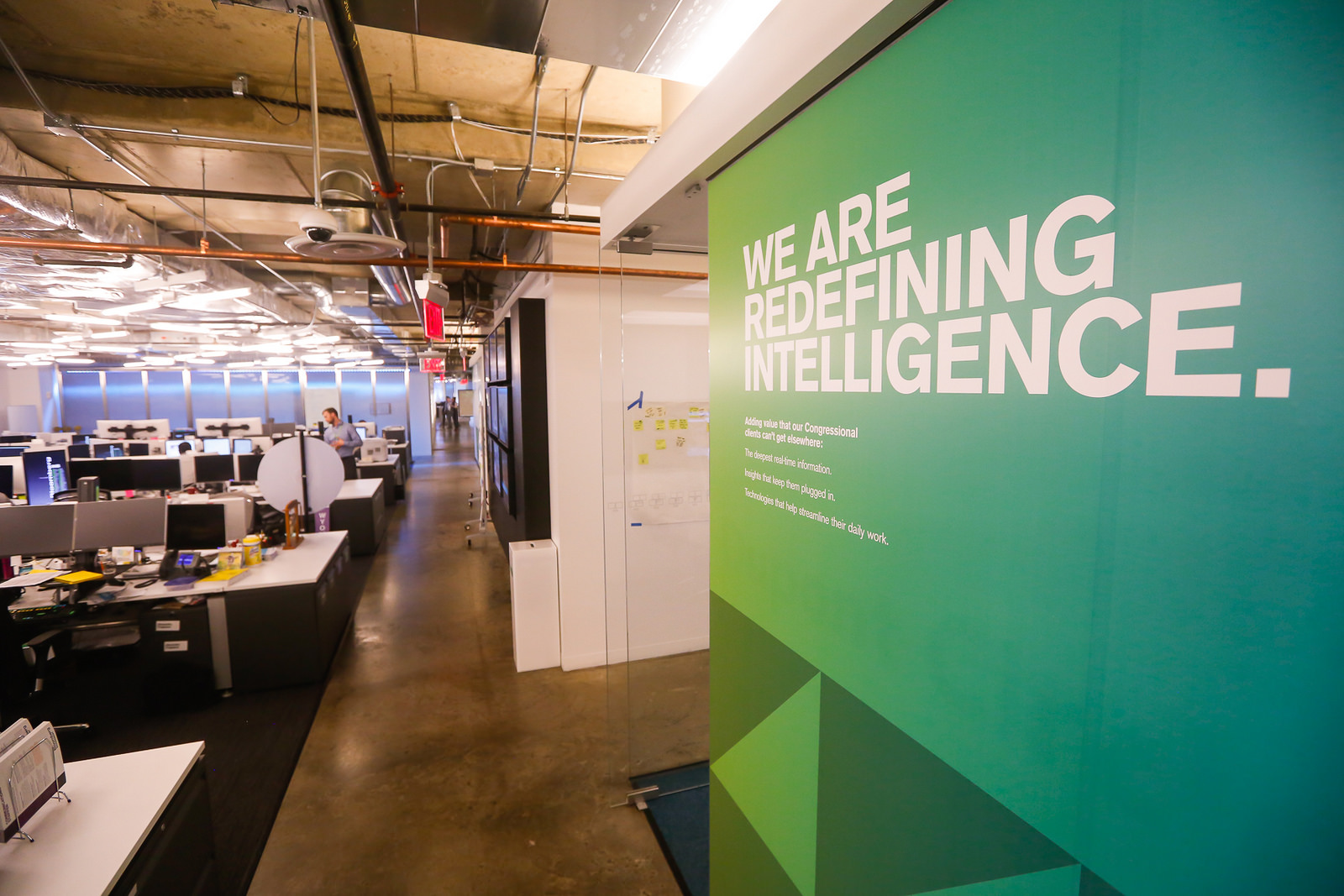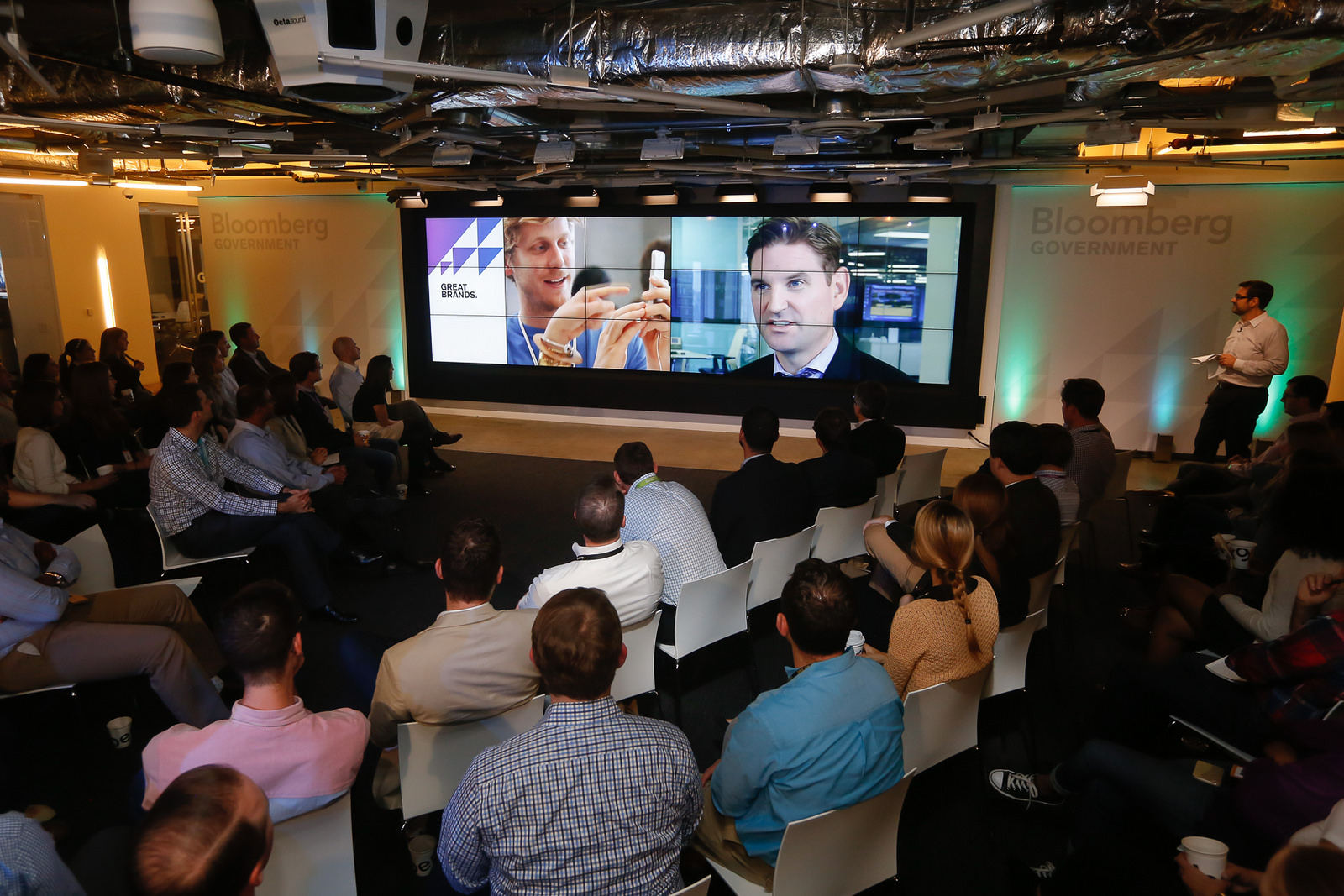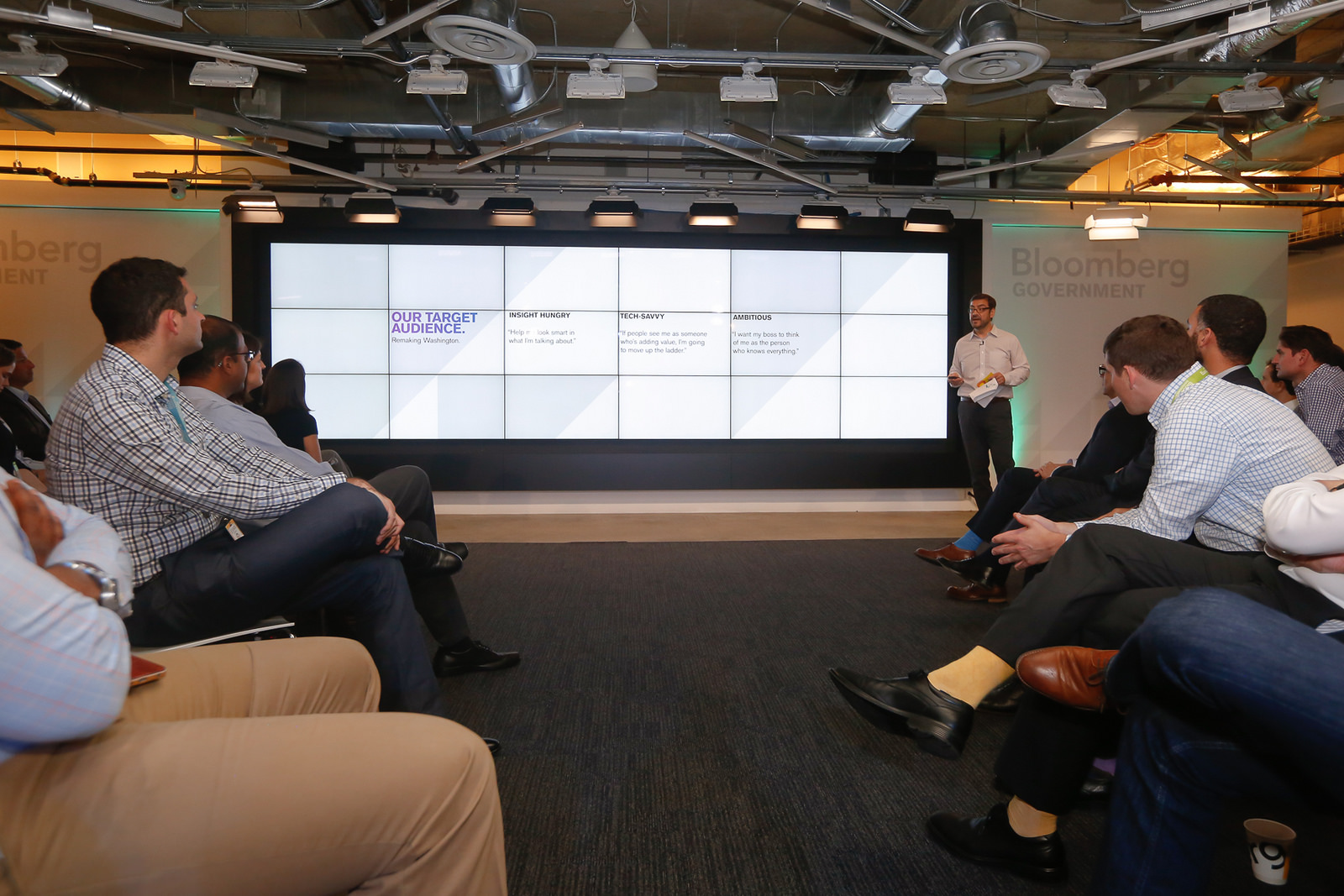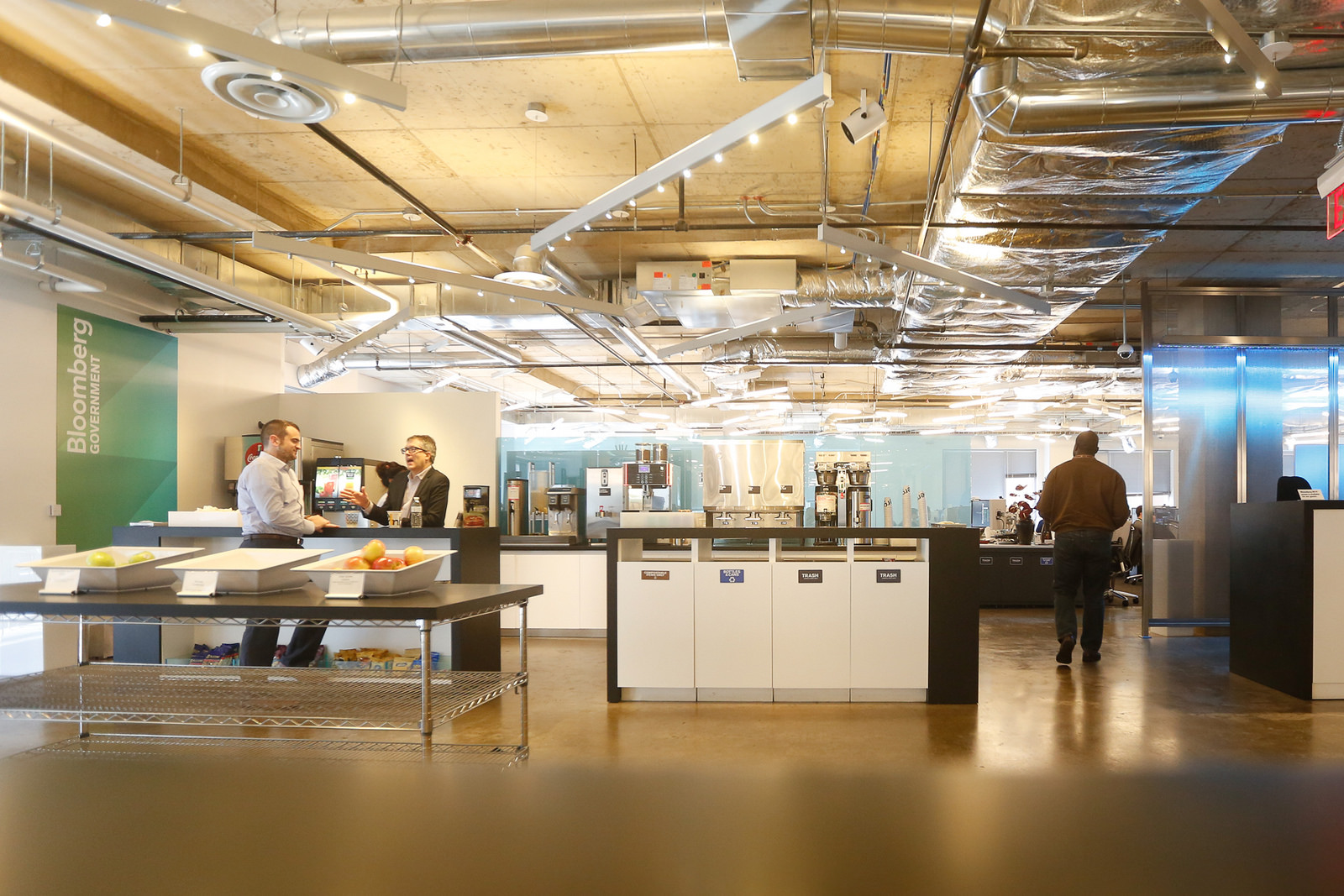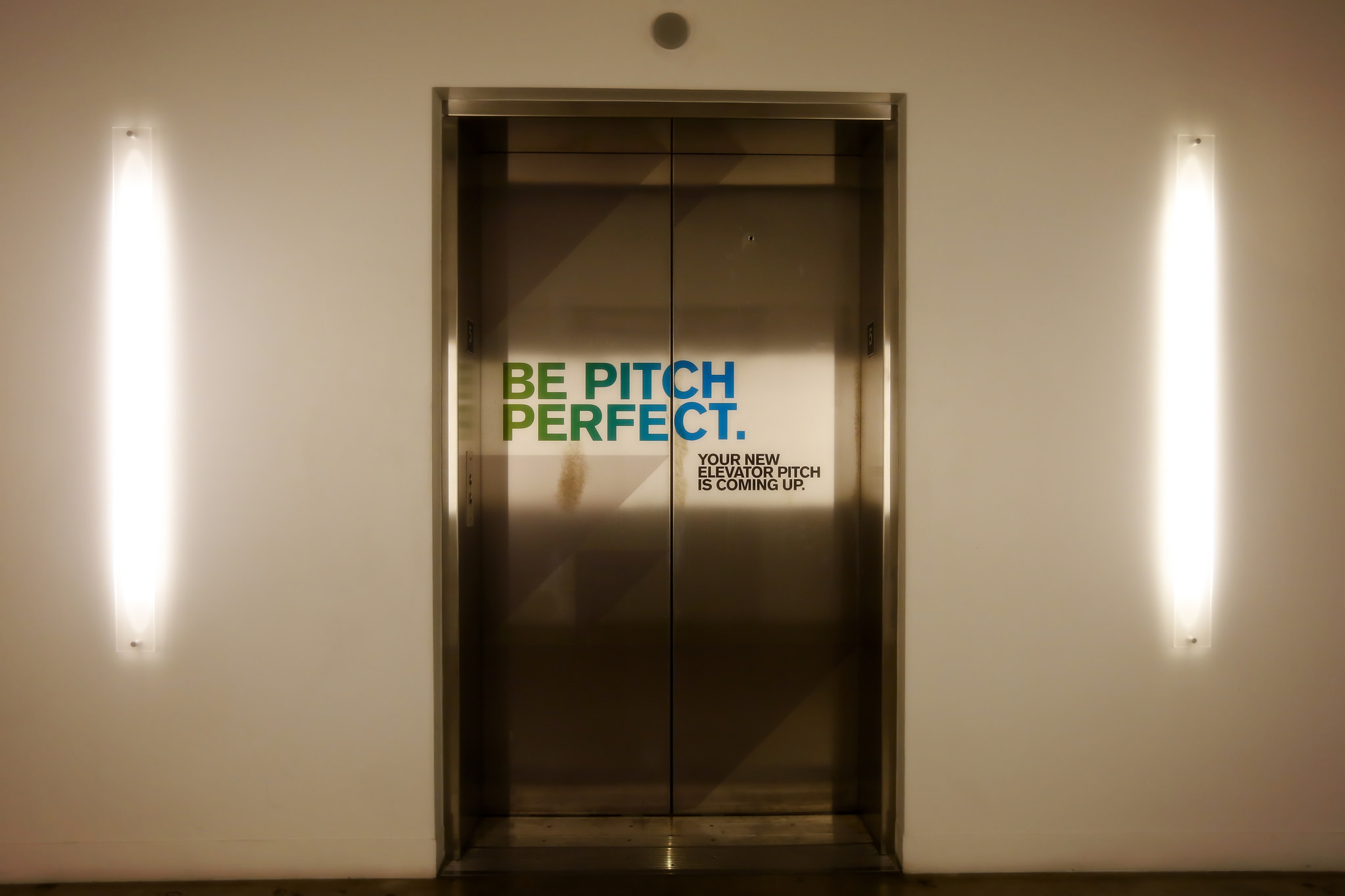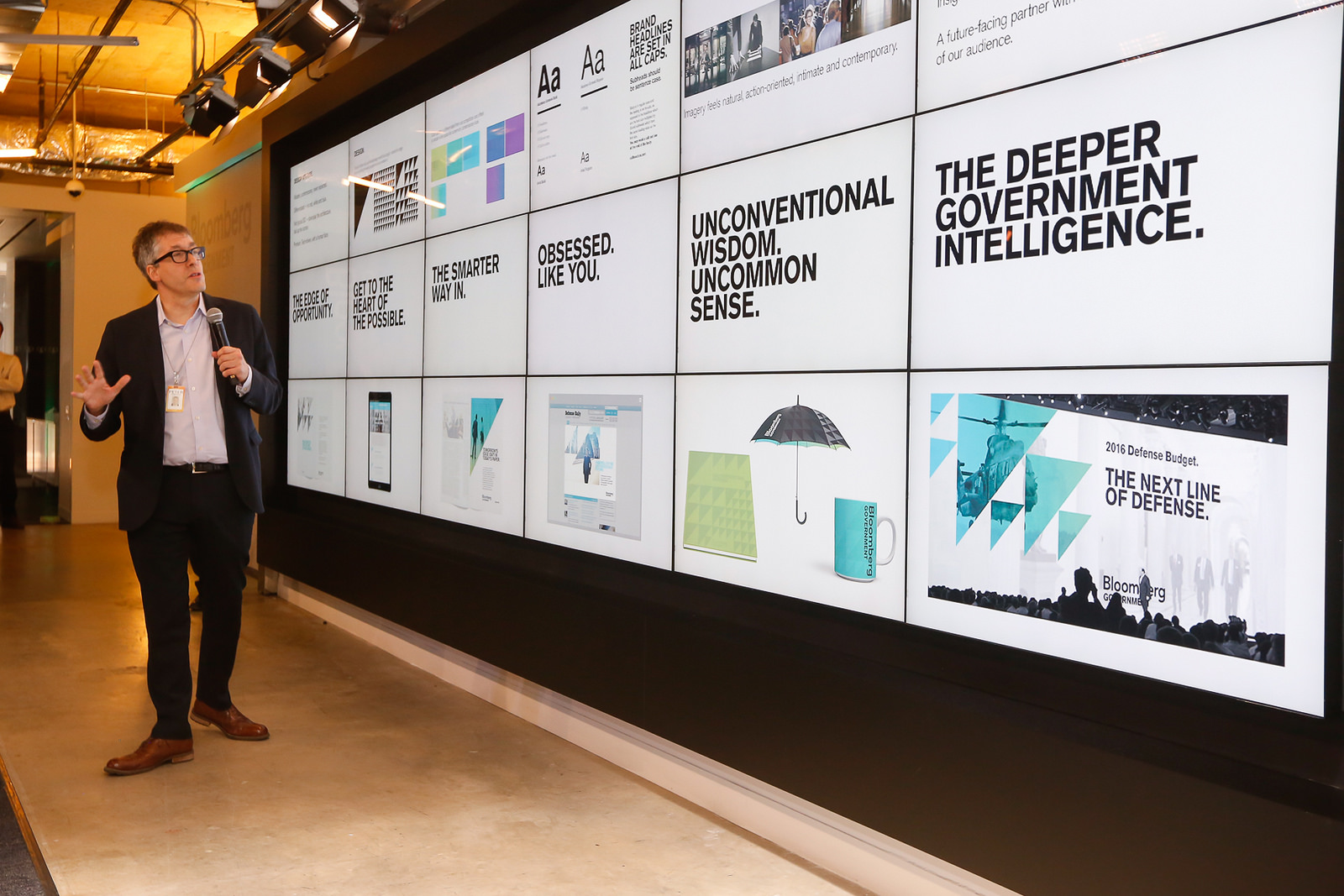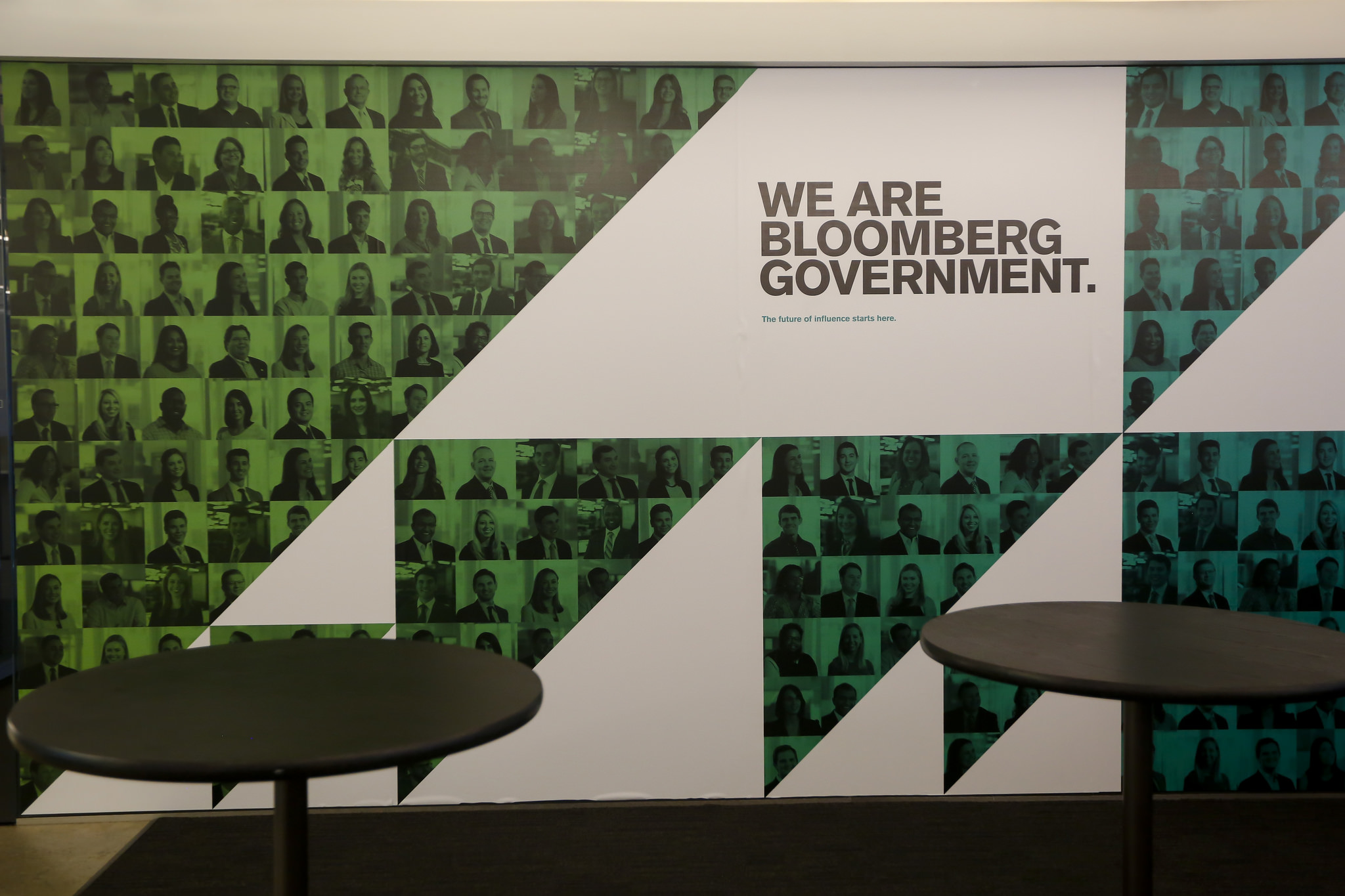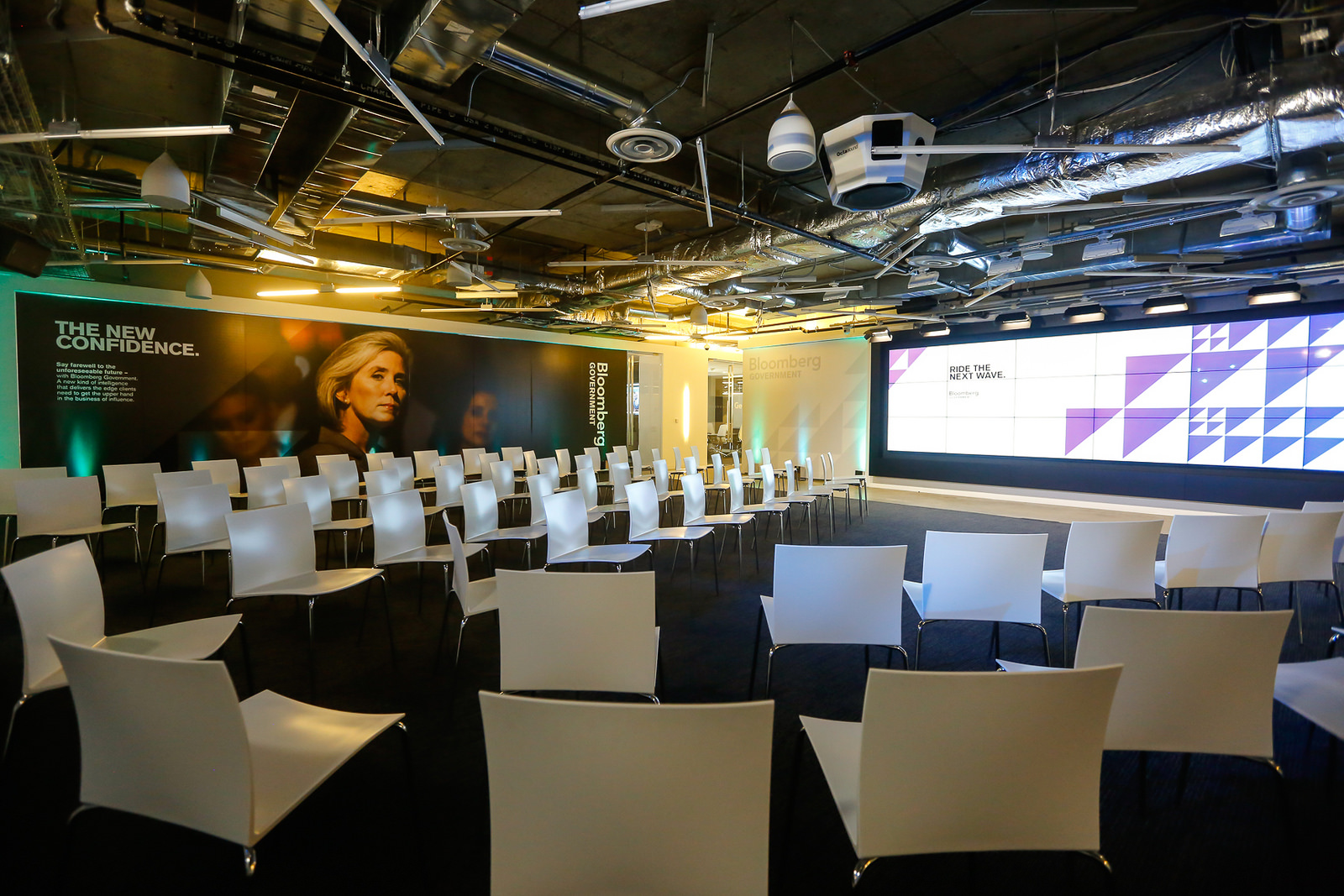Transforming a Product Into a Service:
Bloomberg Government Rebrand


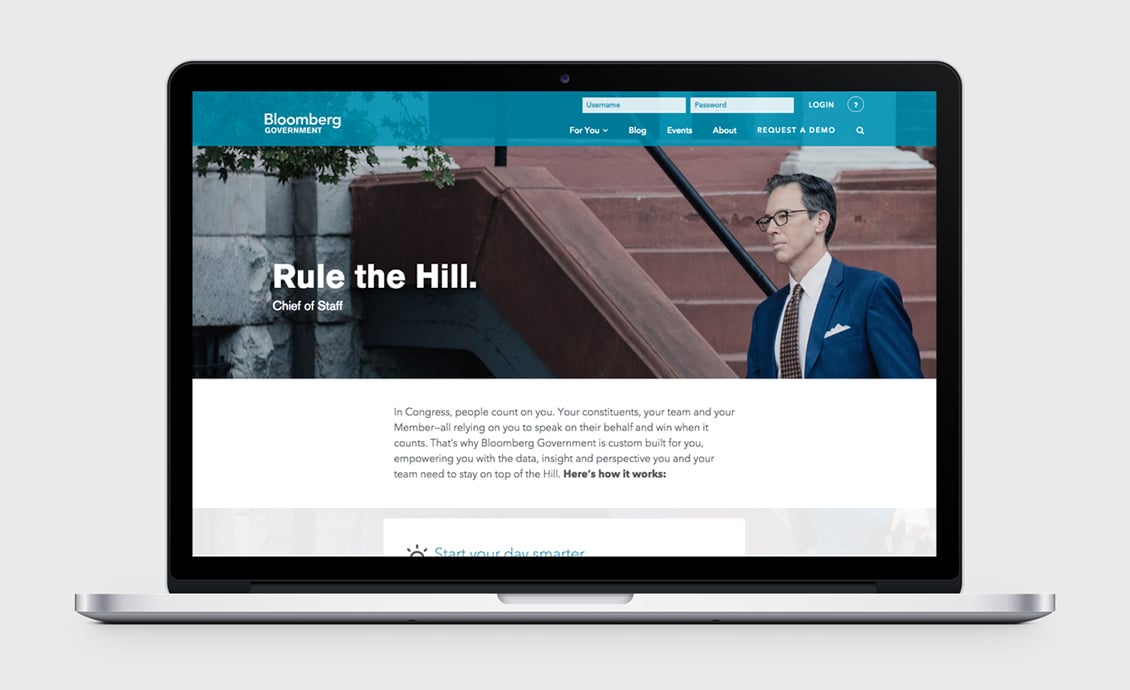
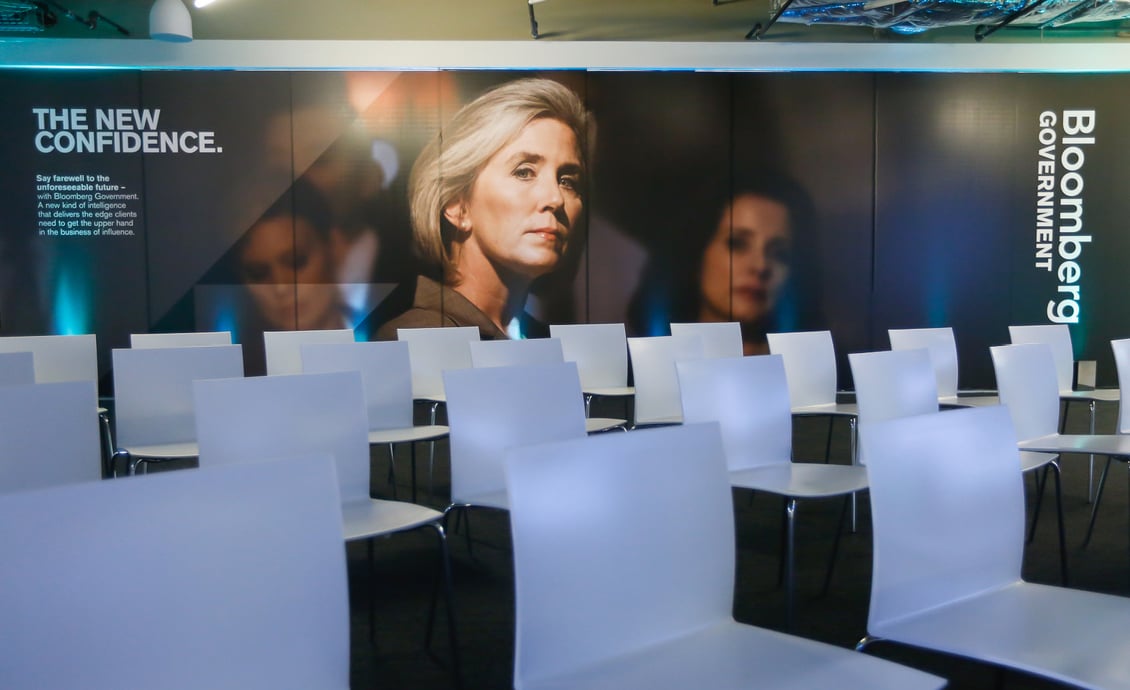
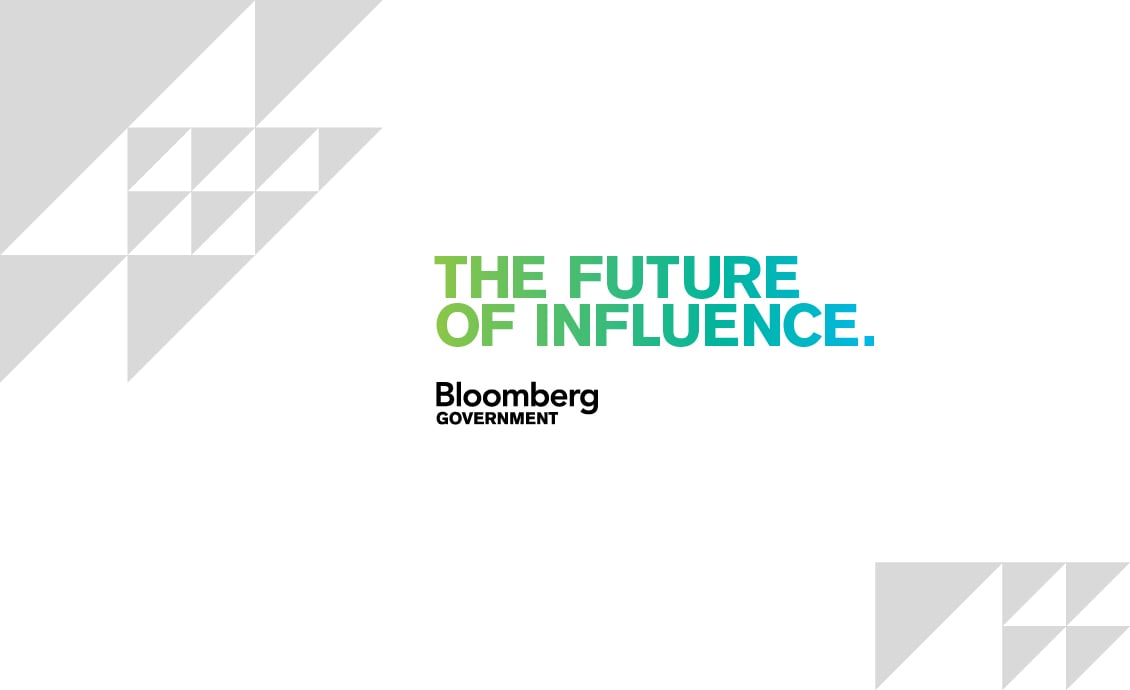
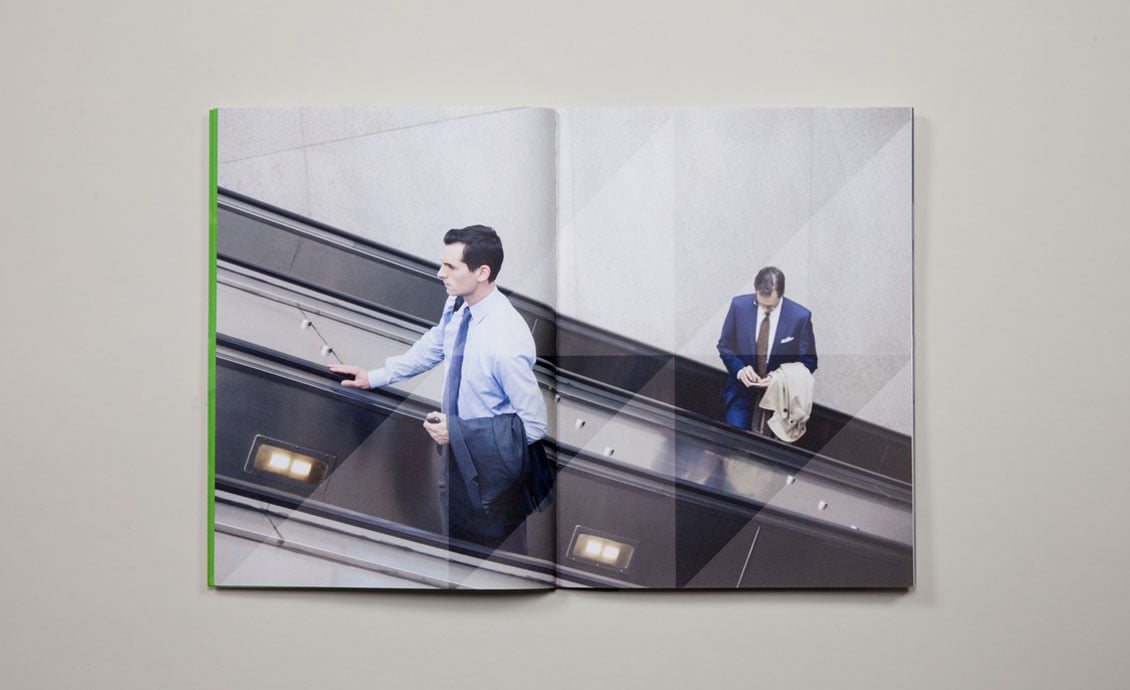
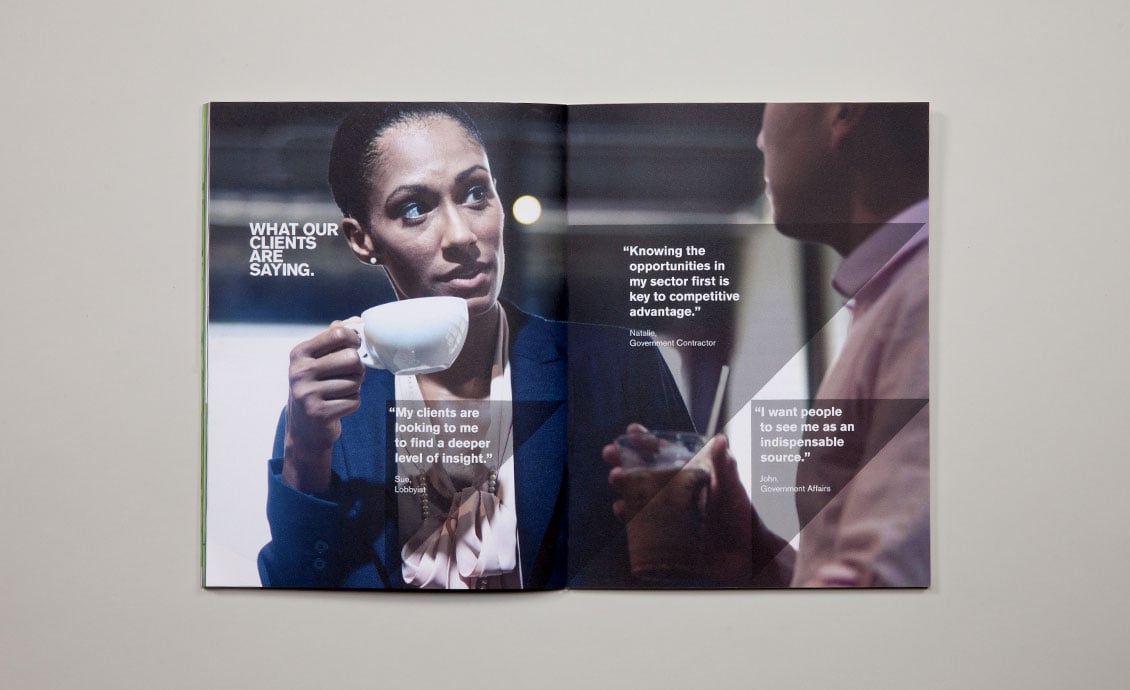
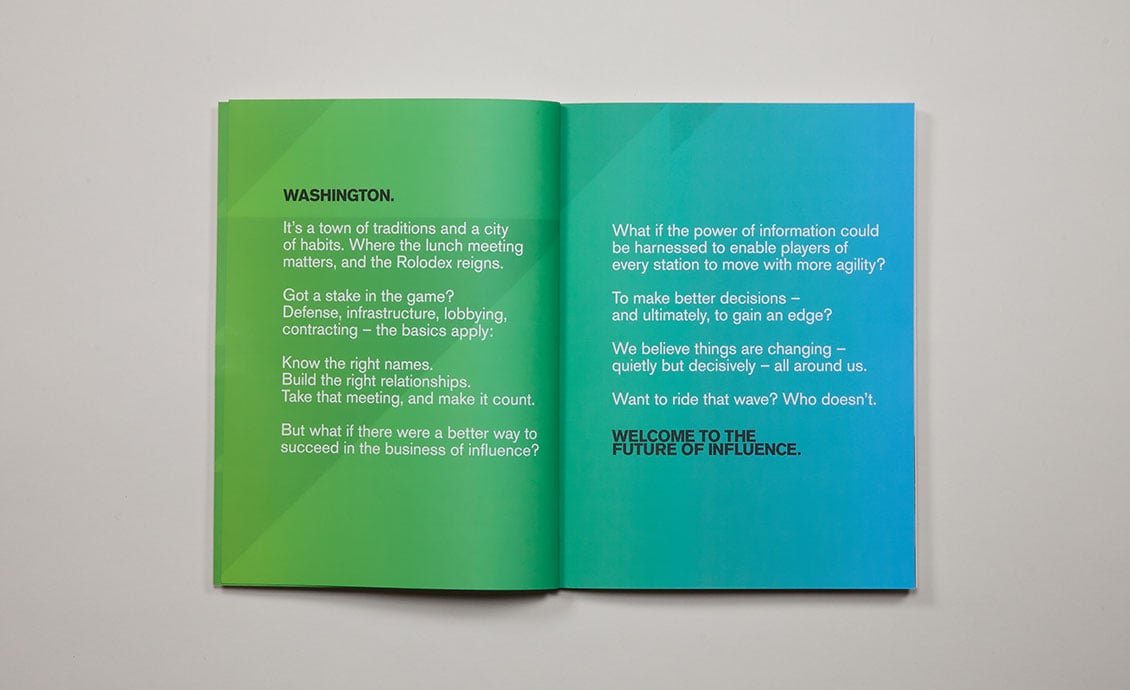
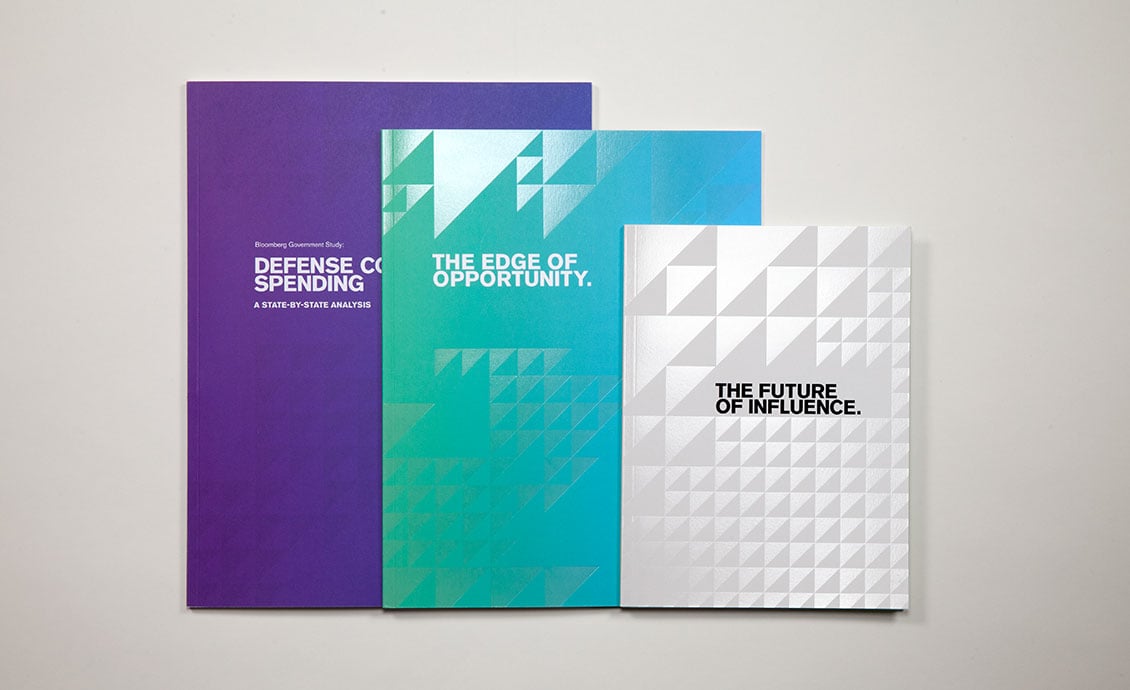
The Challenge
Bloomberg Government's previous positioning was conducted in 2009, before it knew what type of company it wanted to be. It had moved from an analyst-driven news product to a data-driven business intelligence service for government influencers. Sales, marketing, product and business leaders customized their description of the business to fit the situation – there was no consistent voice, identity or, worst of all, sense of common purpose across teams.
The Solution
A fully redesigned brand system and service identity–as well as a complete rethinking of the business, our model and the way we were organized. We did more than debut a new look, we rewrote every inch of product copy, created award-winning sales materials, redesigned the entire customer journey and launched a new content marketing strategy that tied it all together by effectively showing the story of our brand, product and company culture.
The Result
Post-rebrand, Bloomberg Government experienced a 73% increase in net sales (Q4 2015 vs Q4 2016), a 476% increase in y/y inbound lead generation, a 186% increase in site traffic during the first three months post-launch and more than 1,000% growth across both newsletter subscribers and LinkedIn followers.
Fast Facts
- Audience/Users: (1) Members of Congress (2) Government Affairs Professionals (3) Government Contractors
- My Role: Project Lead - Head of Digital, Brand, Product & Content Marketing
- Timeline: 13 months - Launched Oct. 2015
- Teammates: All of Global Marketing
- Stakeholders: CEO Bloomberg Government + Global Head of Industry Verticals
- Skills: Project & stakeholder management, visual design, experience design, copywriting, brand voice development, service design, market / competitive analysis
- Research: 40+ interviews including extensive internal focus groups and external customer research; Designed and facilitated 5 co-design design sessions to create a "brand ambassador" program
All over the place:
A visual language without consistency or voice
Bloomberg Government's (BGOV) visual language and brand voice had no consistency. Sales, customer support, product, marketing and business leaders were, with each customer facing engagement, reinventing the wheel as to what BGOV was and consistently repositioning the product's capabilities. As you can see, from visual language to company boilerplate, everything was out of alignment and no governance existed to reign the organization in.
Knowing we had a lot of work to do, we assembled a team including an external agency to support our brand research. That research then informed the work of our internal creative team. As Bloomberg Government's head of digital, brand and content strategy, I led this team of marketers, designers and UX designers through this yearlong visual, verbal and digital transformation.
Restarting a startup:
Transforming a product culture into a service culture
Just as Bloomberg L.P., the tech startup founded by Michael Bloomberg, now forms the backbone of the financial services industry, Bloomberg Government is designed to be the backbone of how consultants, activists, and congressional staffers influence government action. Since its launch in 2009, the company's market presence had gotten out of step with the steady evolution of new product capabilities and shifting business realities. To attack this problem, we first needed to understand who we were in the competitive marketplace.
Then we needed to understand...uh, what we actually do. Nobody had a consistent explanation. As a service, we needed to rediscover the core needs of our users, identify which we actually meet and then align our service design work (and future product development) to speak more clearly to those crucial, unmet needs.
Finally, we needed to get crystal clear about who we were striving to connect with. Yes, our goal was to connect with members of Congress, lobbyists and government contractors. But what, across those three very different industry areas, was consistent? And how could our service support the building of this connection? We spent weeks in the field doing user research with 40+ stakeholders, internal and external, to support the redesign of the Bloomberg Government service.
After interviewing 30+ individuals, we identified the three core psychographic values of our target user–or what we called the "up-and-comer."
From there, we developed a list of operational issues, sourced from co-design sessions I facilitated with internal teams, that were holding us back and that needed to change in order to get our service voice in alignment. Empowering a team of brand ambassadors to make these changes would become crucial later on.



Pulling it all together:
Creating a brand identity that speaks to all of Washington
Then we started to pull it all together around a clarifying brand voice and mission. The brand idea of "The Future of Influence" anchors a series of provocative messages and visuals positioning Bloomberg Government as future-focused and bold. A flexible triangle motif signifies forward progress, a refined color palette differentiates the brand in the DC-market and a new tone of voice connects brand messaging across everything from web copy and campaign work to live events and social media.
To ensure there was consistency between the content marketing strategy I was developing (which you can read about here) and our sales strategy, I worked with our visual design team to ensure a clear hierarchy across all of our product and content marketing touchpoints, an important step toward solving a content and messaging governance issue that had plagued BGOV for years.
Defining our service offering:
A service blueprint that creates common purpose across silos
One of the biggest challenges in taking on the rebranding of Bloomberg Government was that it felt like we were running three distinct businesses. A group focused on government affairs, another on Congress and yet another on government contractors. We needed to create a brand identity and service ecology that made clear how we all were part of the same team and organization.
Creating a new talk track:
Training employees to talk like a service
One of my biggest challenges in the rebrand was not just to get it across the finish line and launched, but to manage user testing and employee feedback via a Brand Ambassador program. We used a survey to help team leads identify individuals who were positive, energetic and ideal for recognition as a "brand ambassador." With a group of 16 (1 -2 from each team across the organization) we hosted multiple sessions to identify what was working (or not working) with the new brand identity.
We came away with a set of rules for how people internally should talk about our service–and short-circuited a very real skepticism of change prominent in the culture. We created a grassroots movement whereby the ambassadors would lead change management initiatives and training workshops for their own teams, making the changes that were coming feel more appealing and less "corporate."
These brand ambassadors would play a large role in the global brand launch event, standing up in front of a large crowd during an event live broadcast across all of Bloomberg LP to show fellow employees–through live roleplaying and improv games–what was different about the new brand identity.
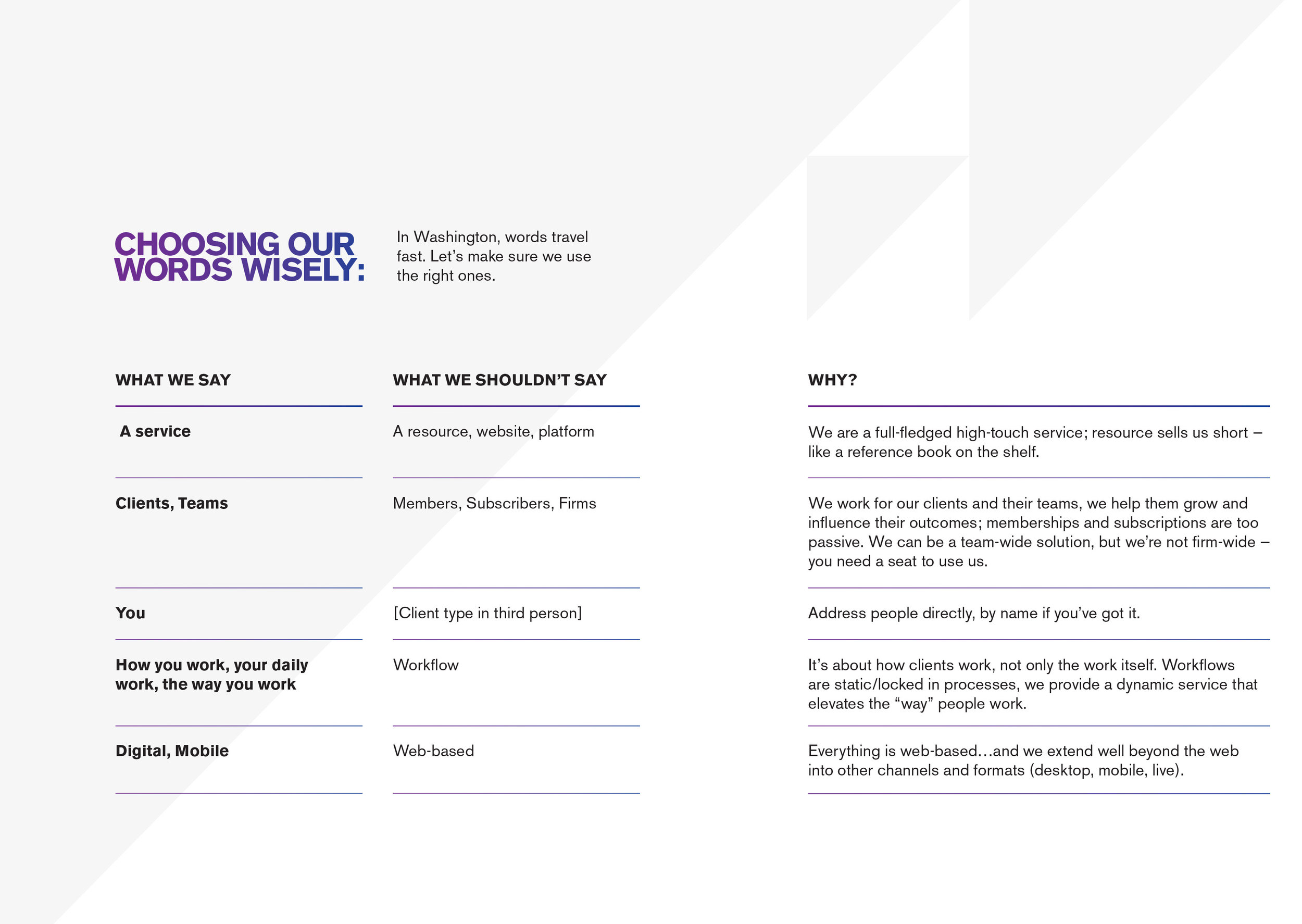
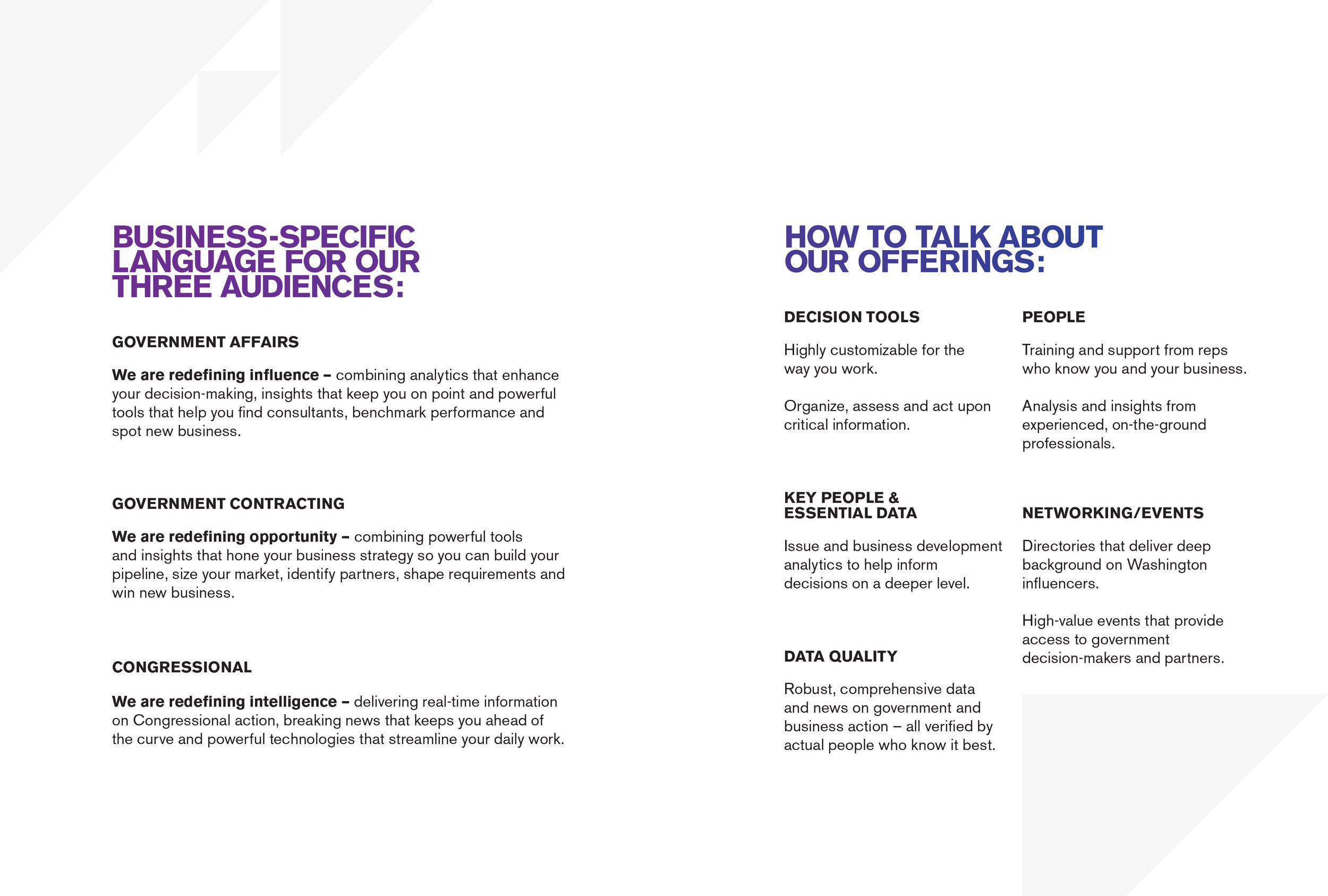
Welcome to the future of influence:
New brand identity + digital transformation + new service mentality
On Oct. 15, 2015, the new brand ecosystem and digital home launched in-house and in-market. On the same day, we launched our new website, hosted a global launch event in our D.C. headquarters and debuted all new print/digital collateral. During the event, Bloomberg Government's CEO and other organizational leaders explained the impact on the business and the brand ambassadors explained what was new and distributed brand books to each employee so they could understand the changes for themselves. Coinciding with the event, we created an office takeover–with assets articulating the new brand on video walls and windows–to show the new brand in the wild and support continuing education around the look, feel and language of the new Bloomberg Government.
Global Live Streamed Launch Event & Office Takeover
Launch Video
Brand Book
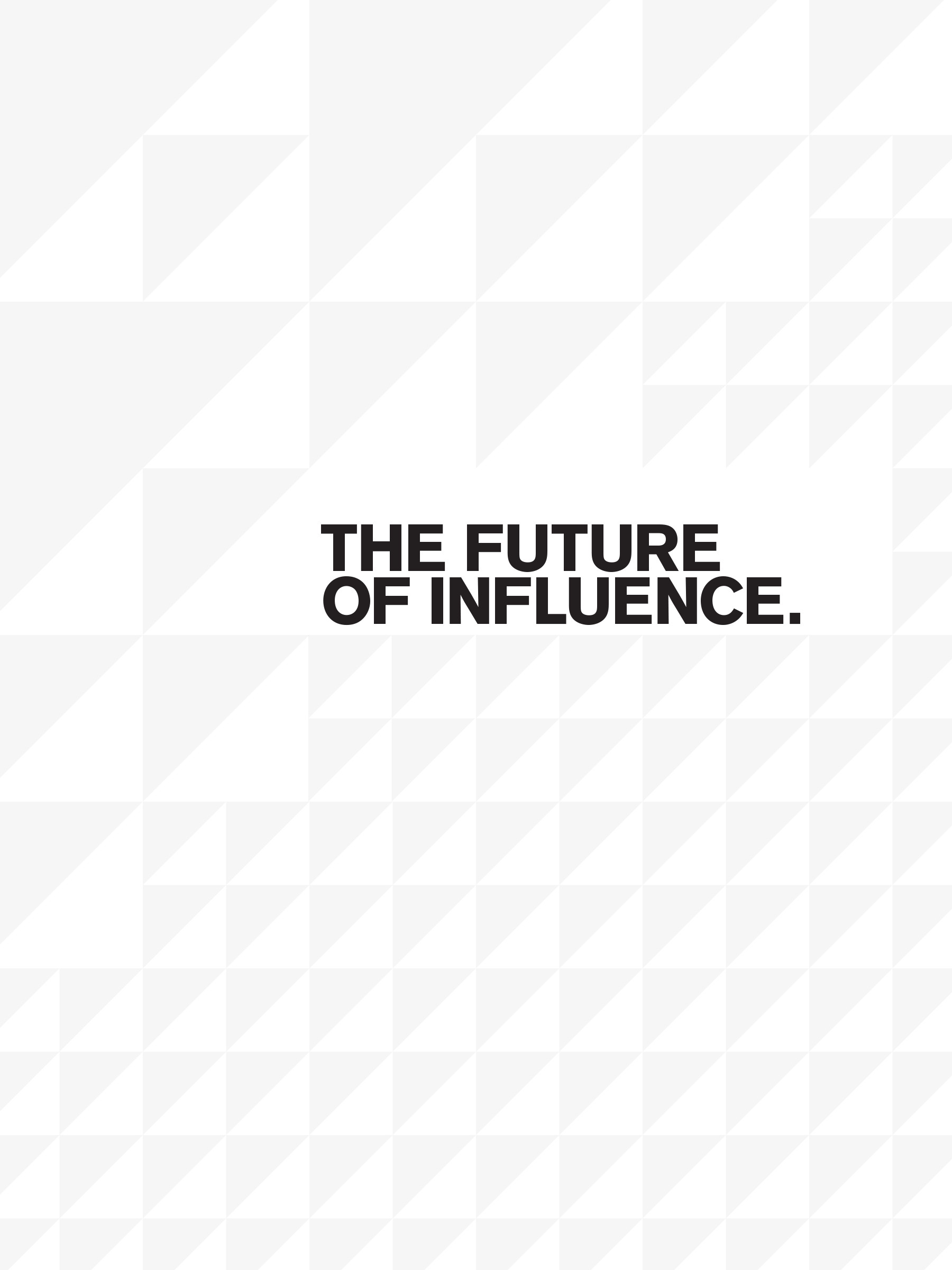

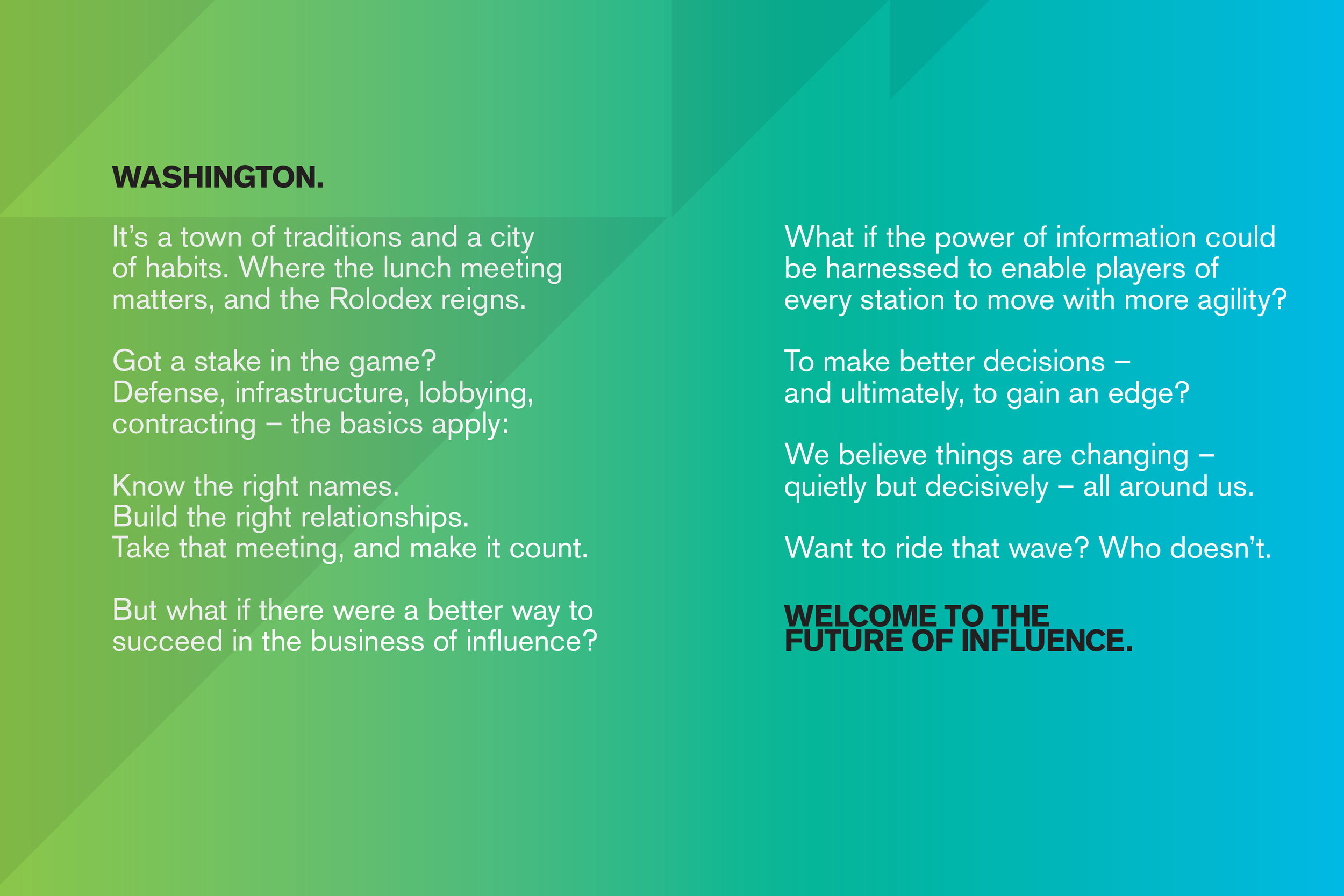

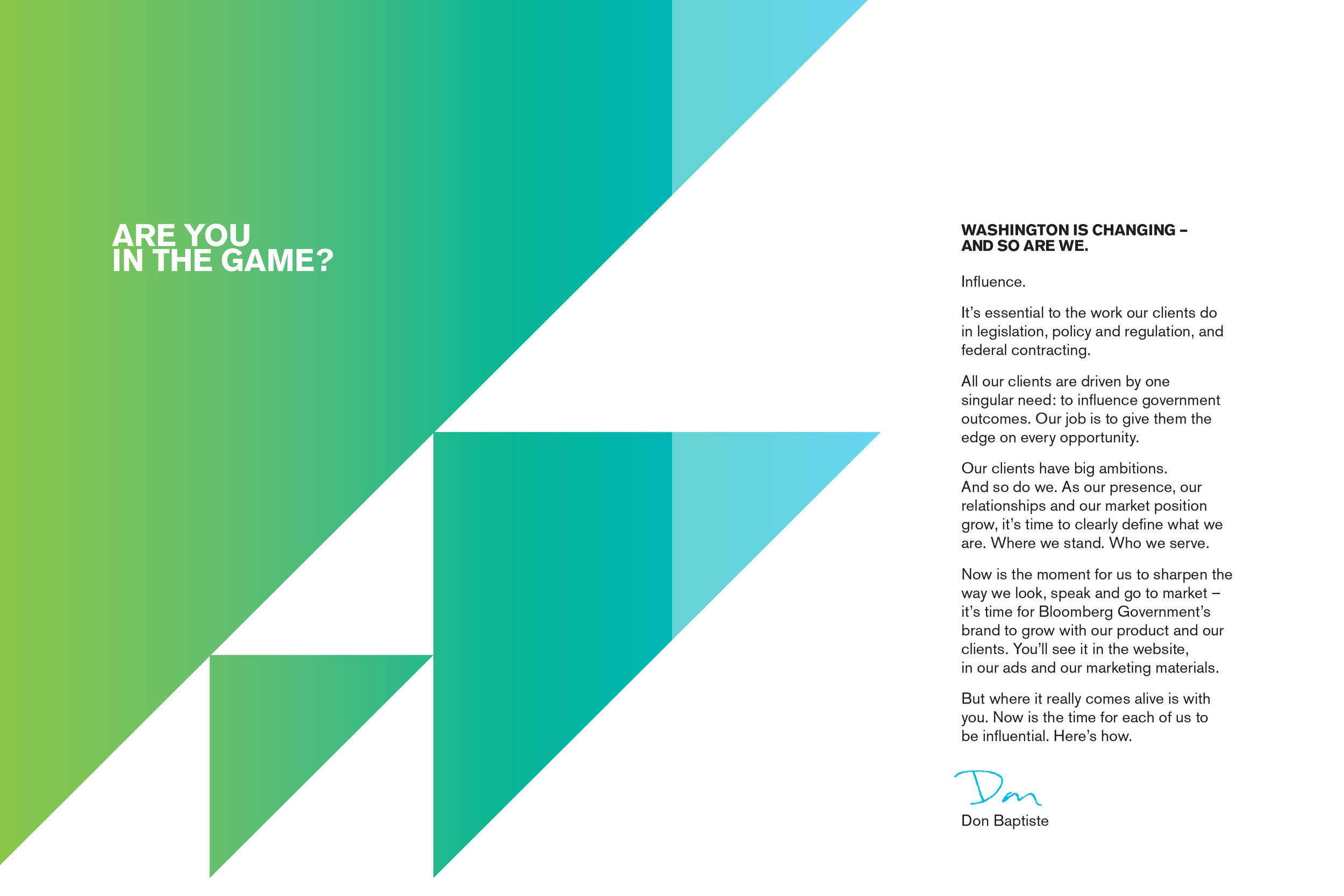
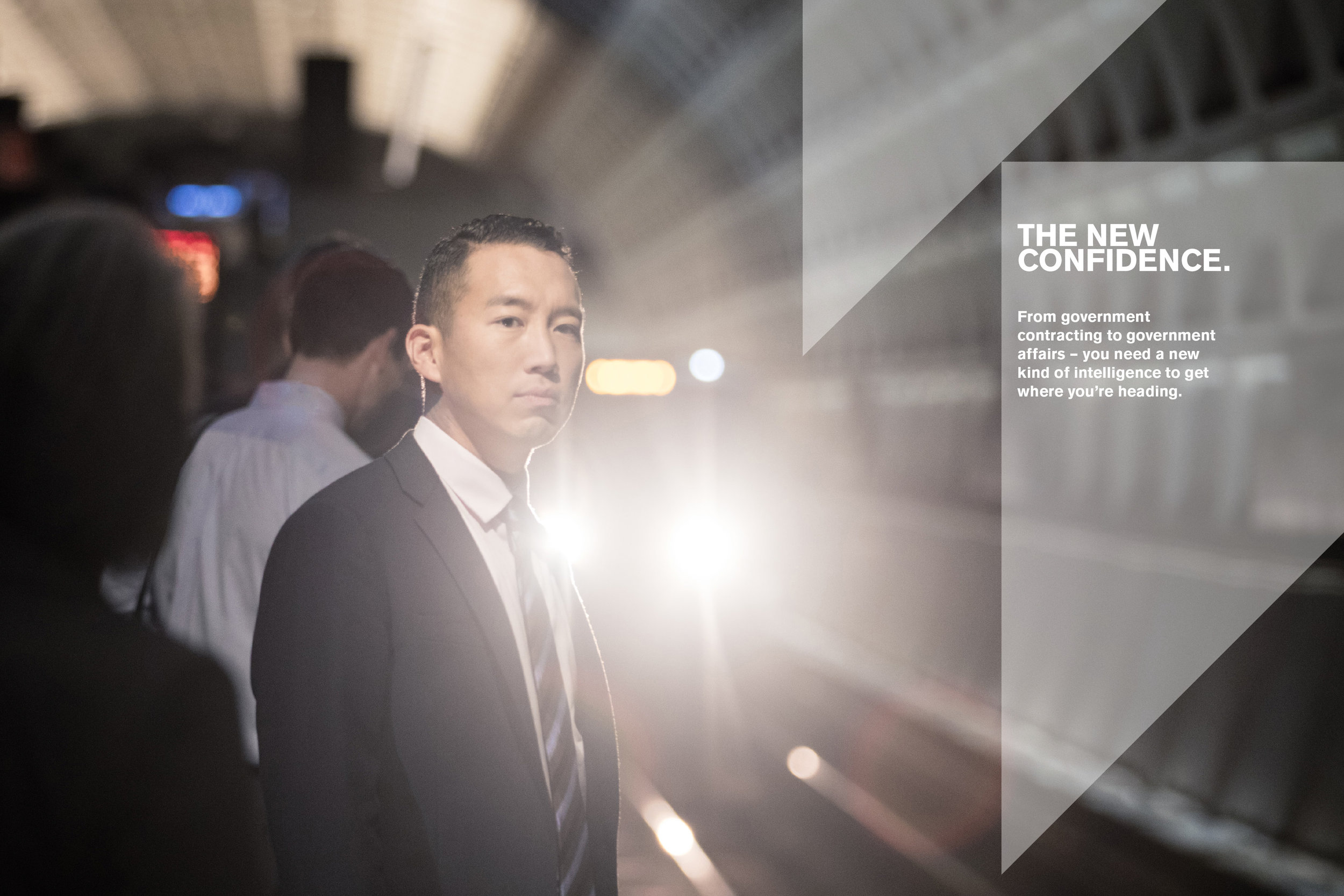
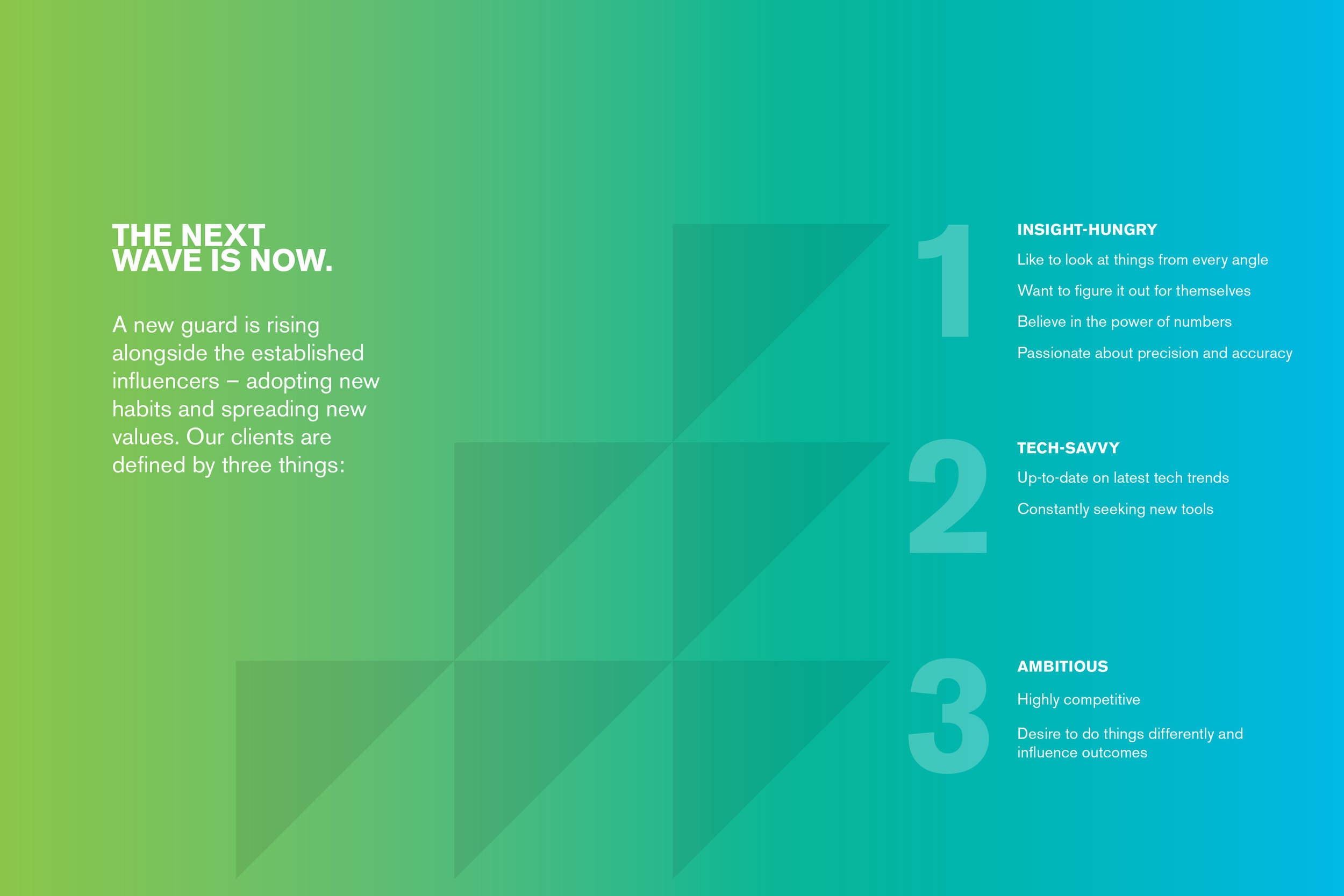

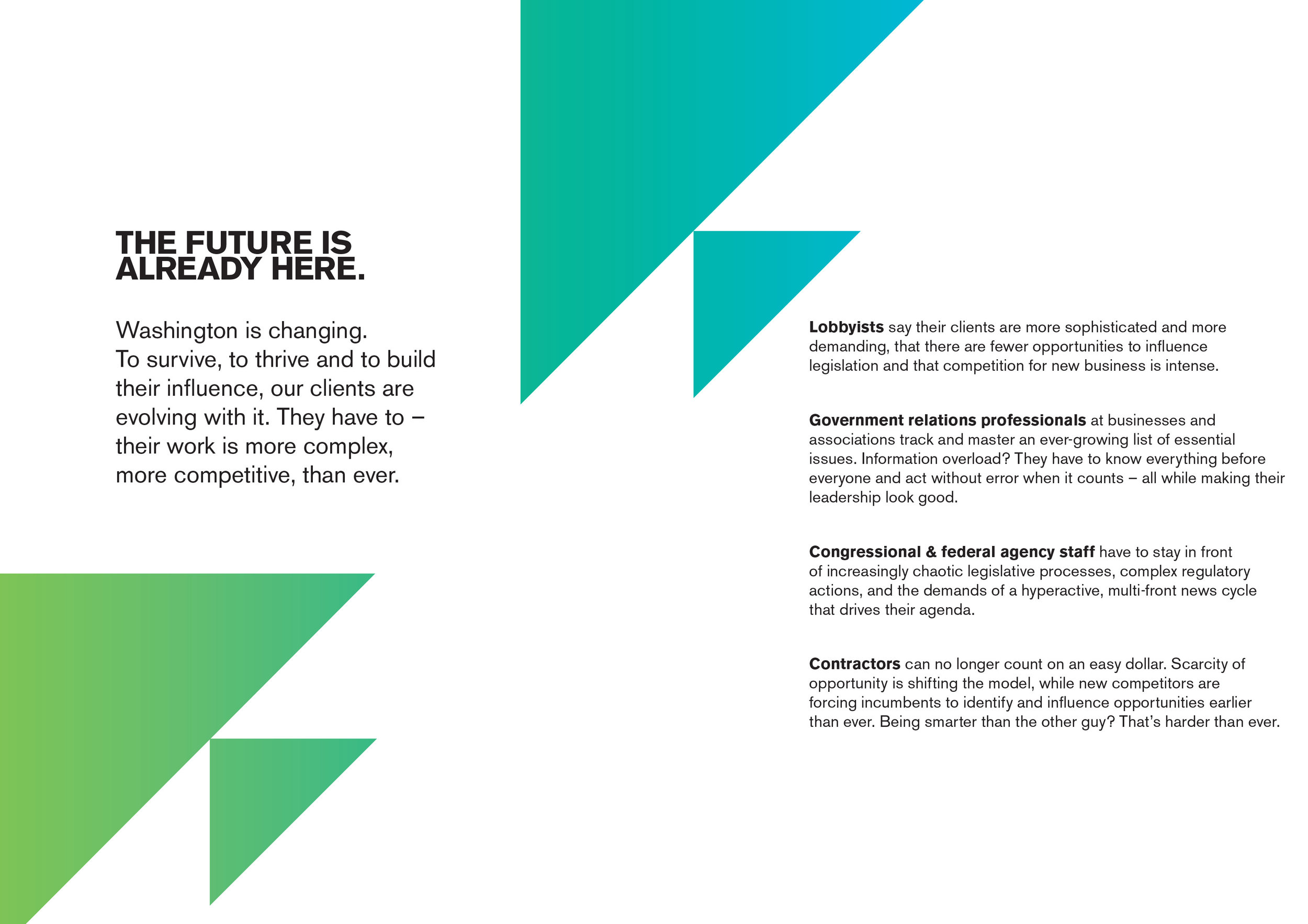
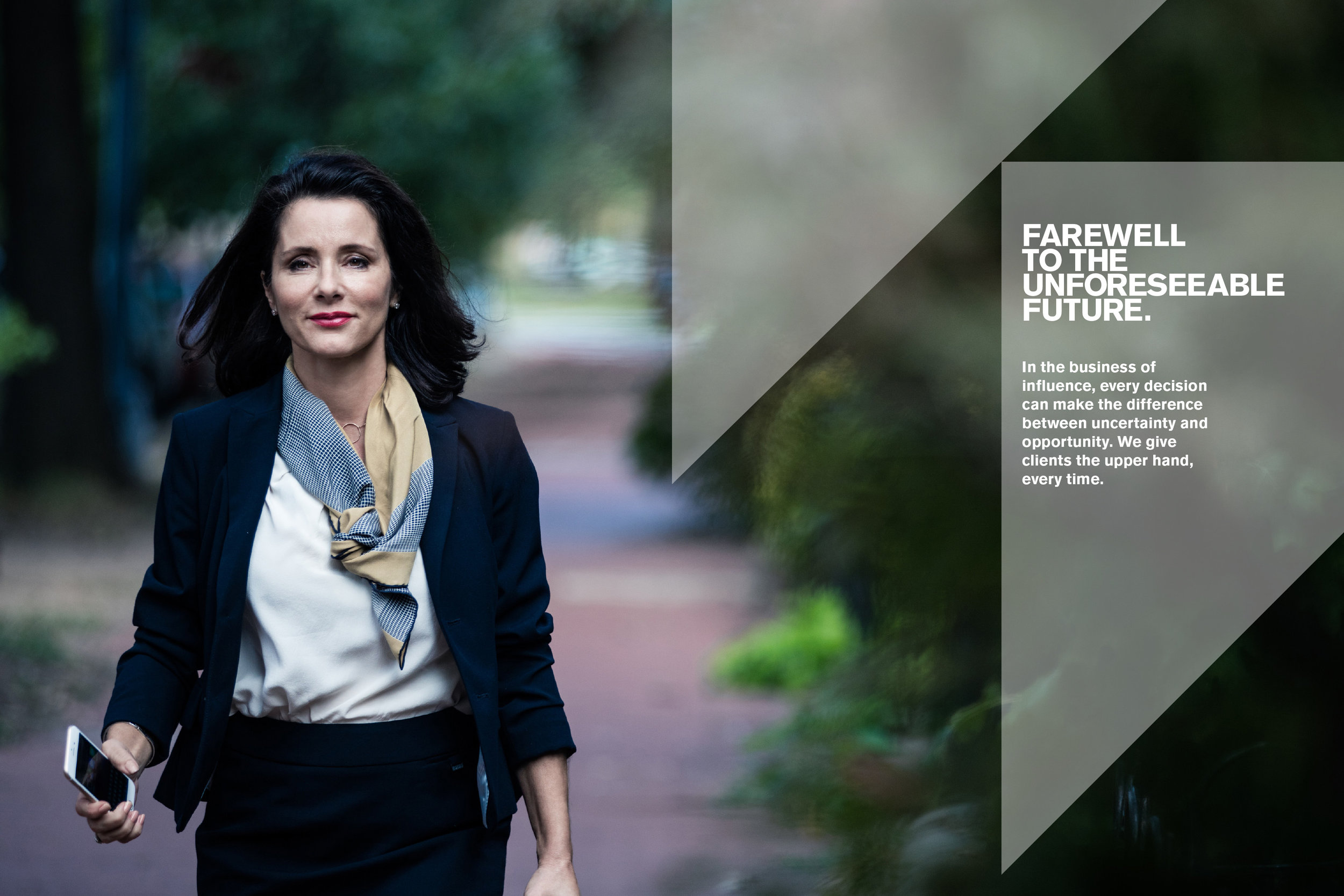
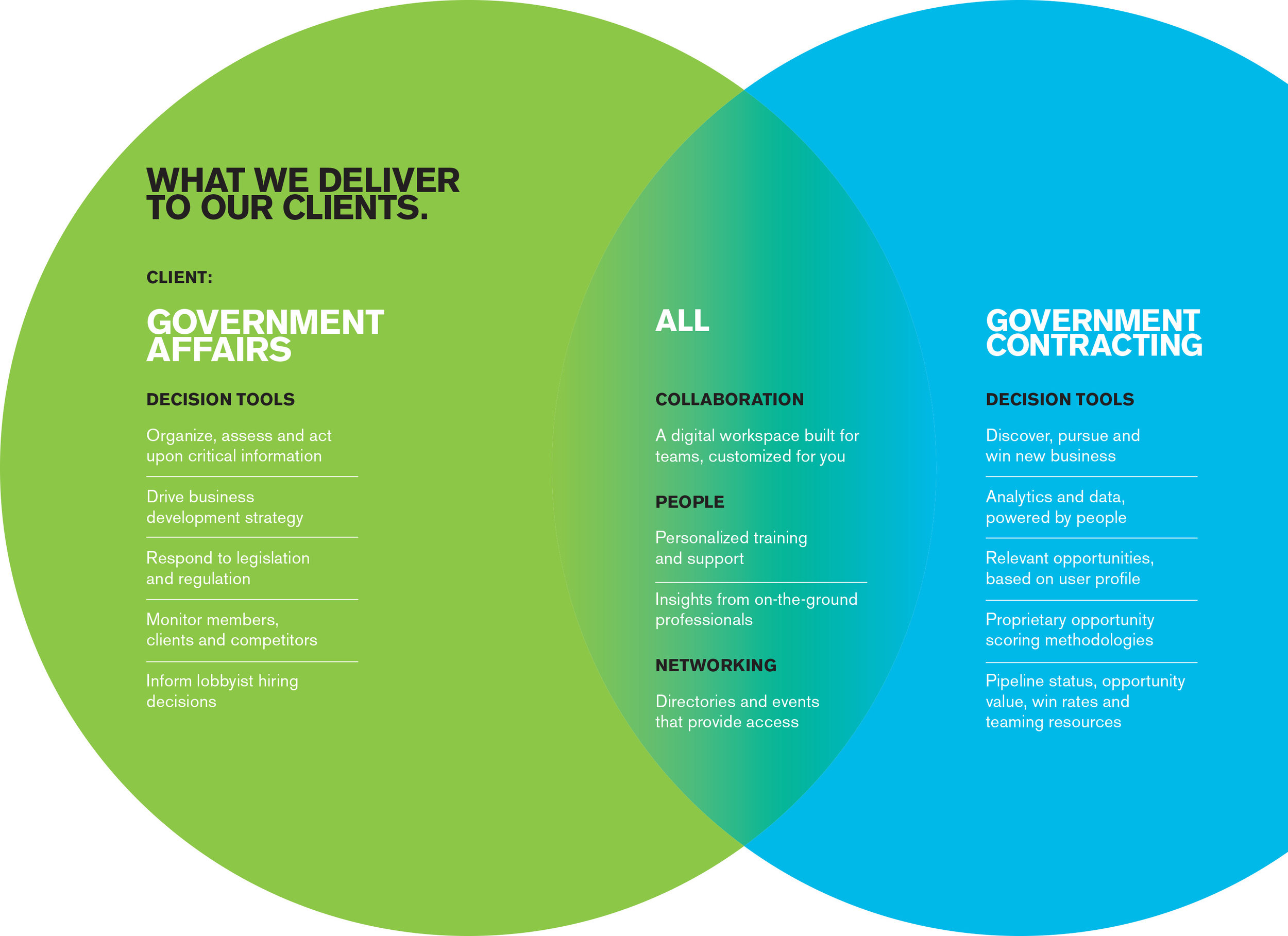
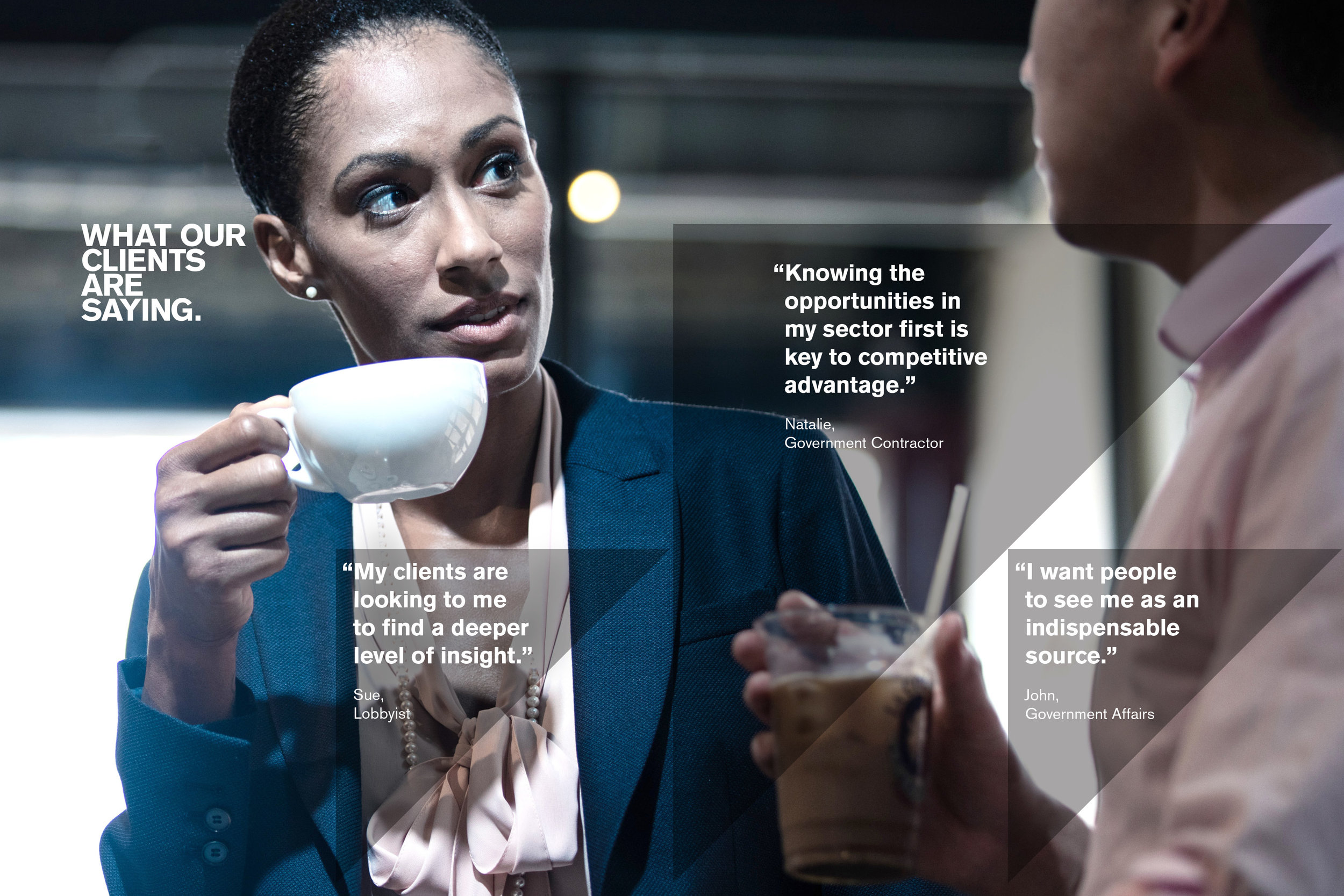
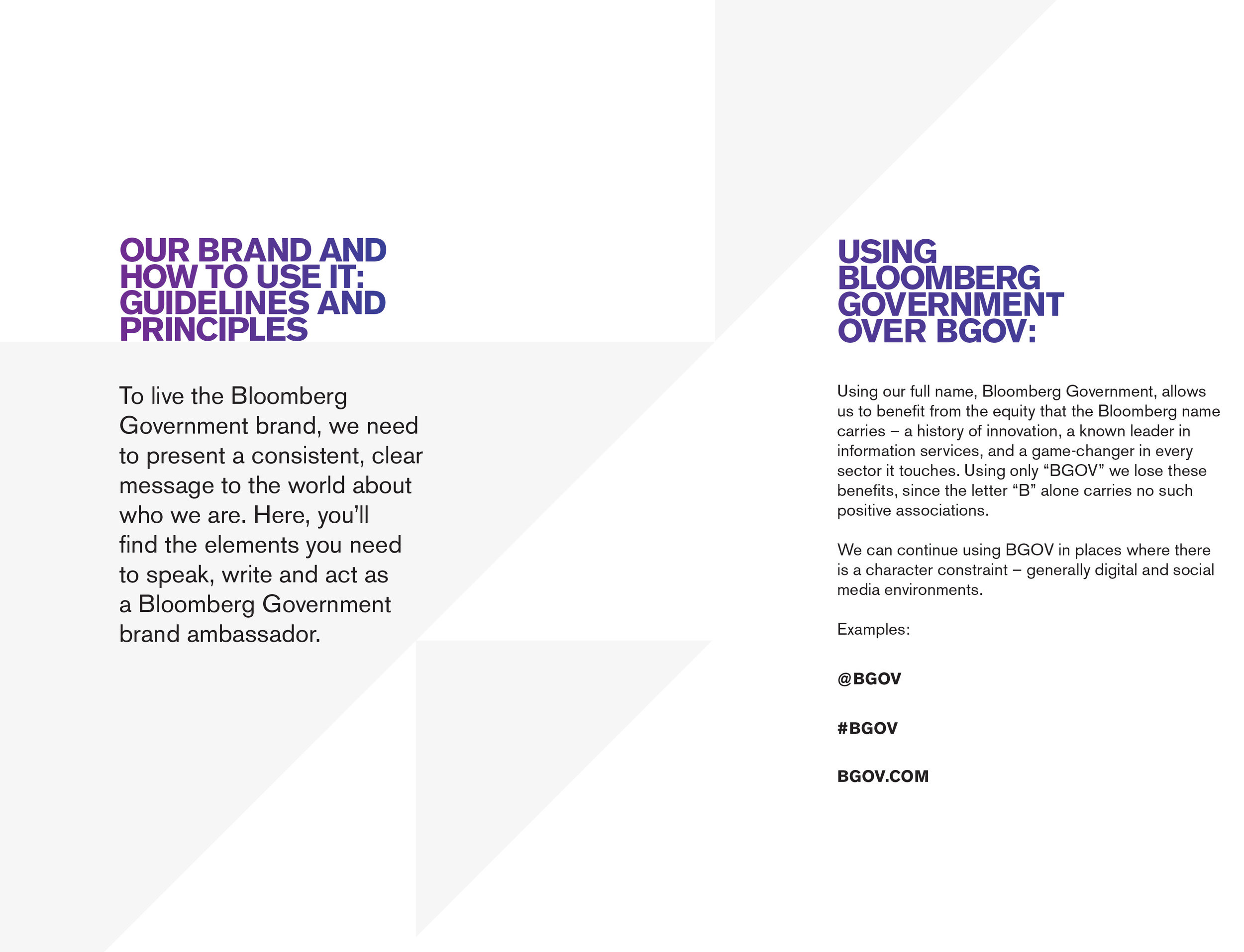


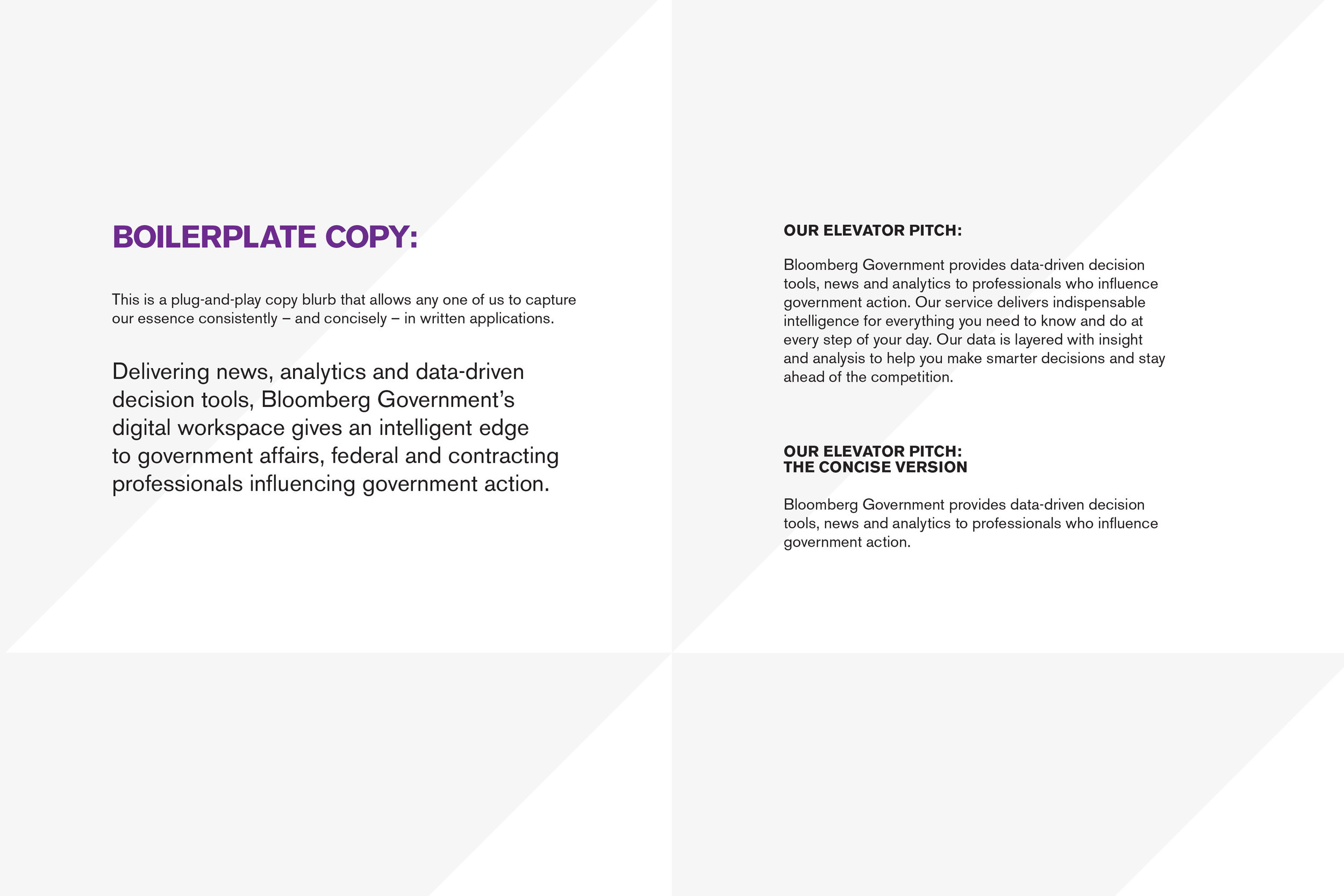


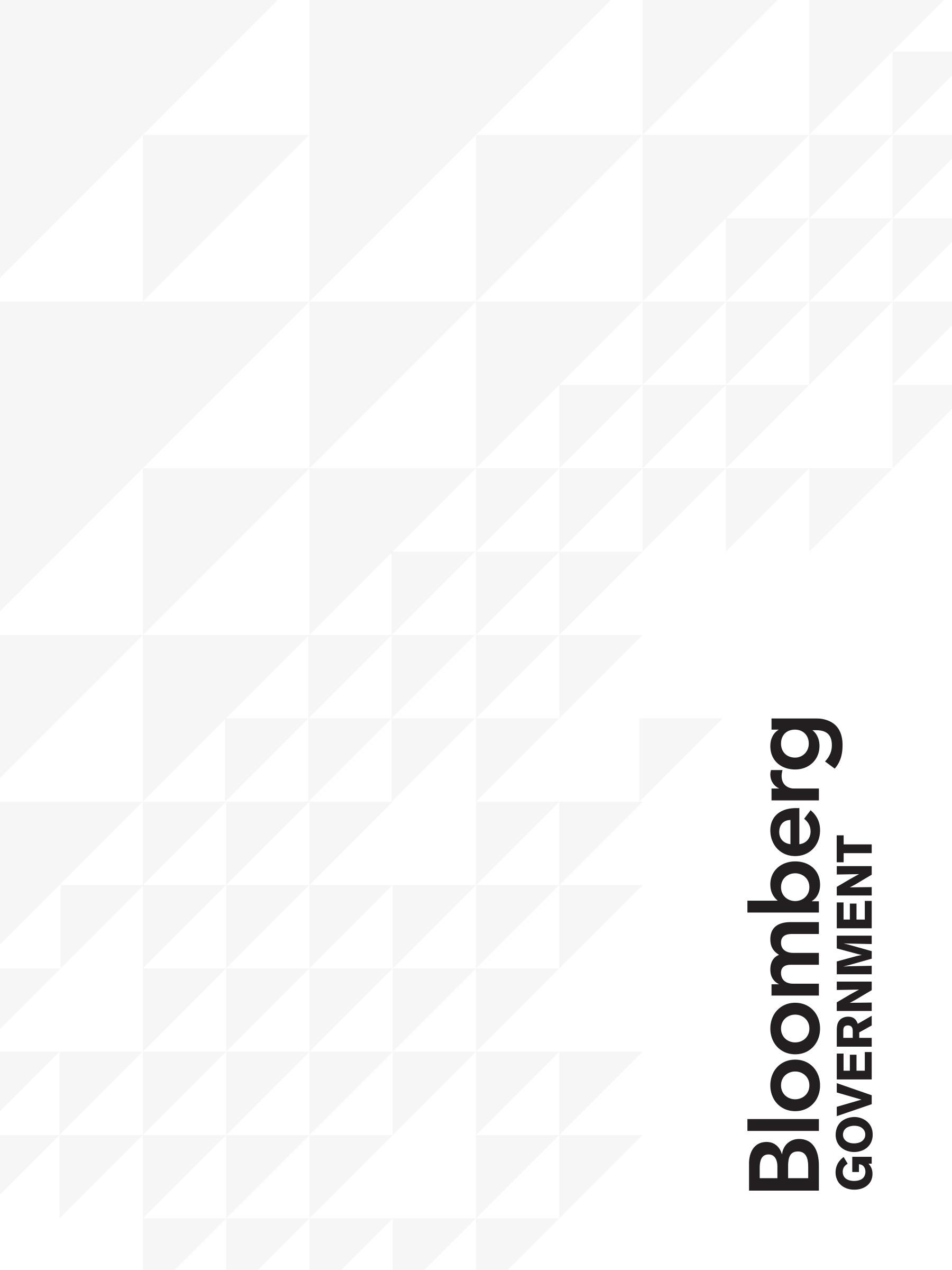
Business Impact










